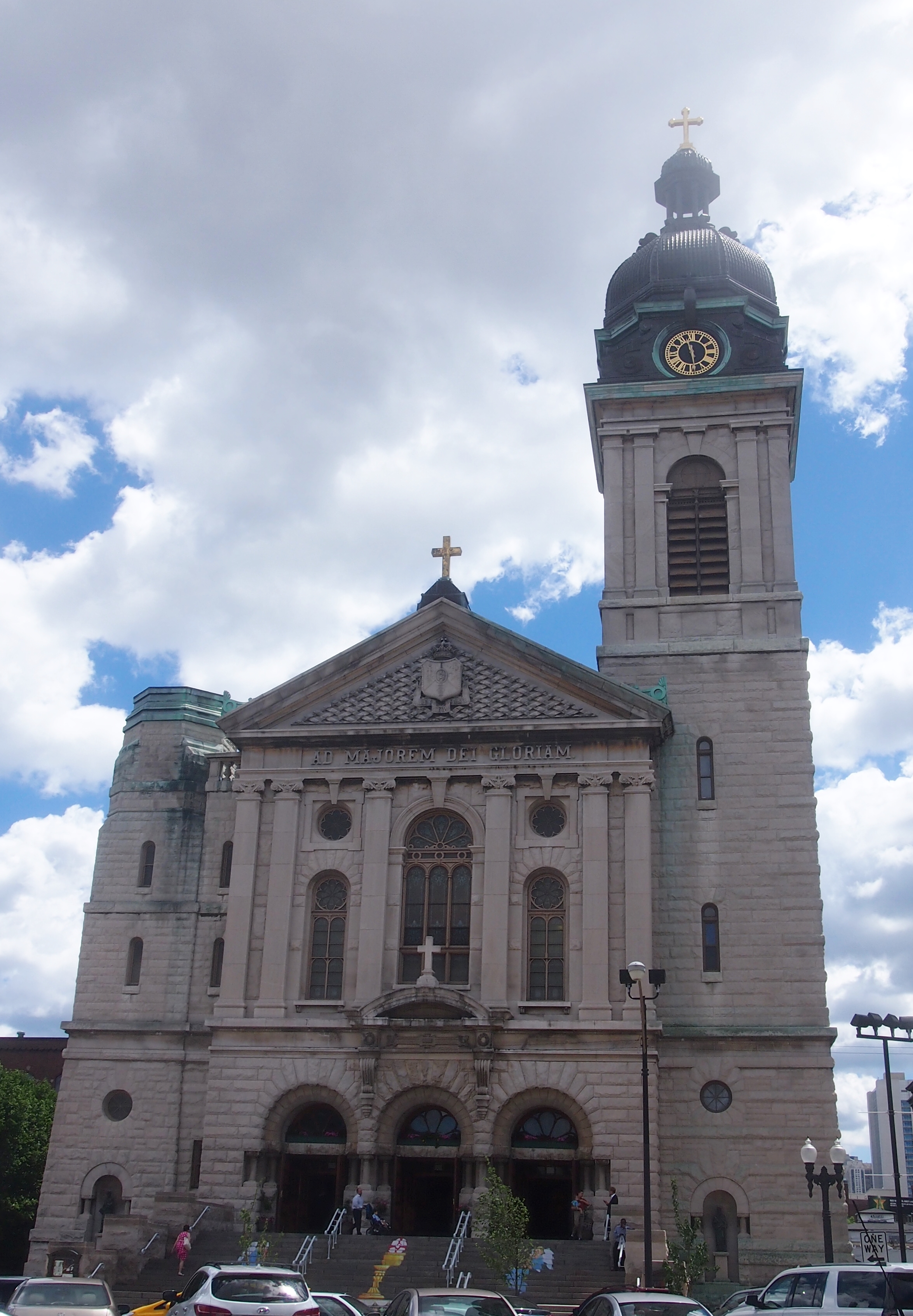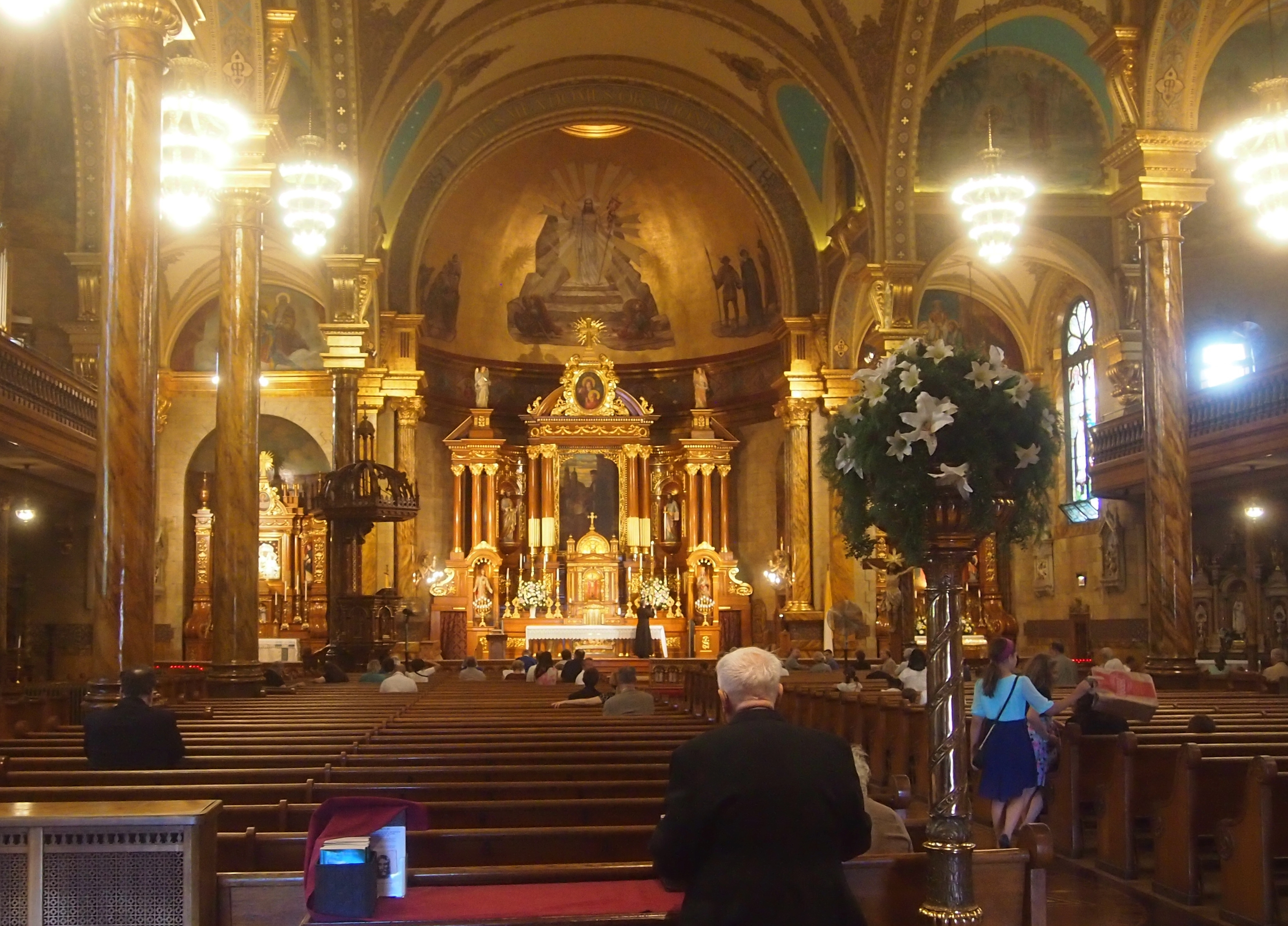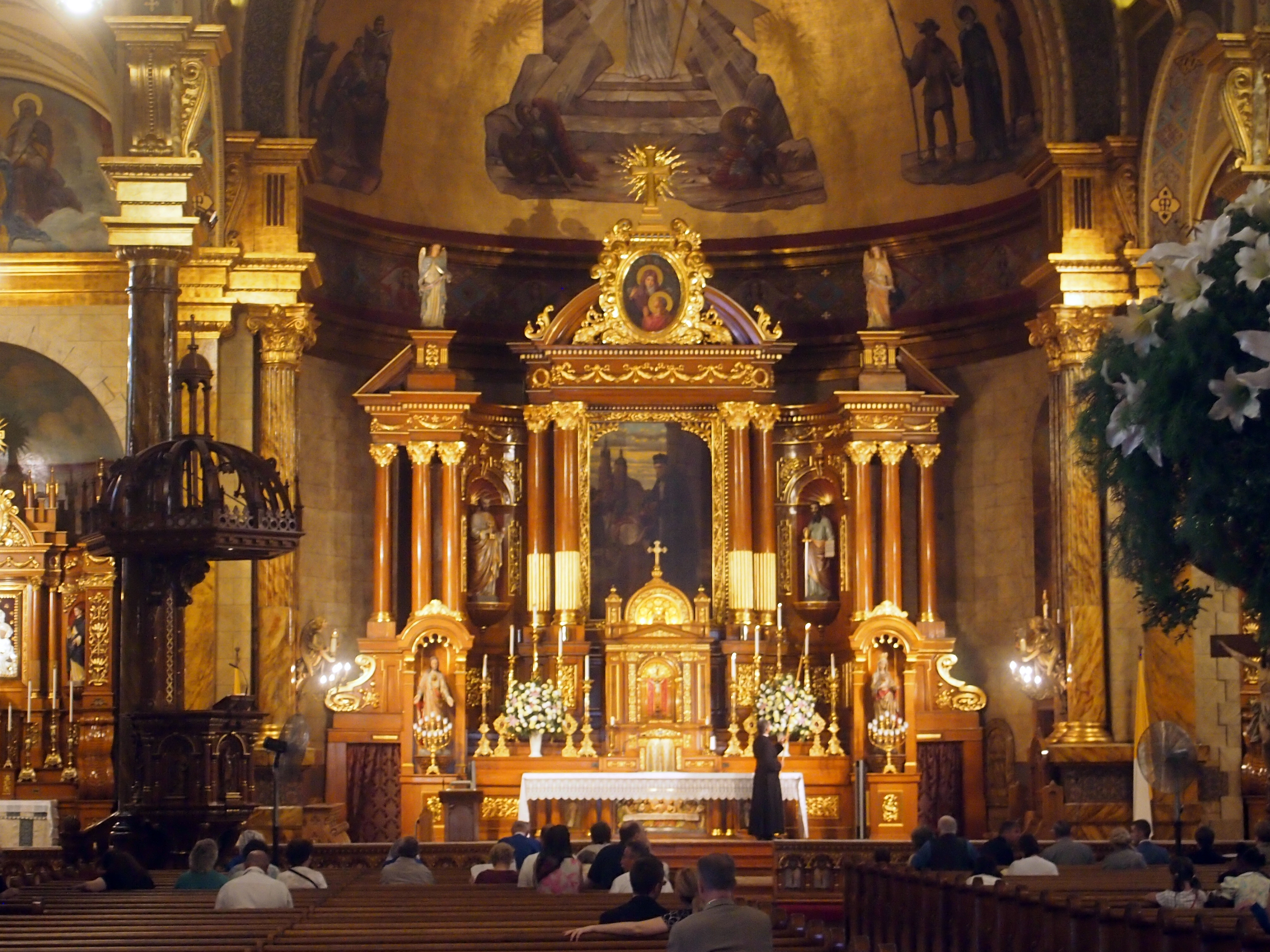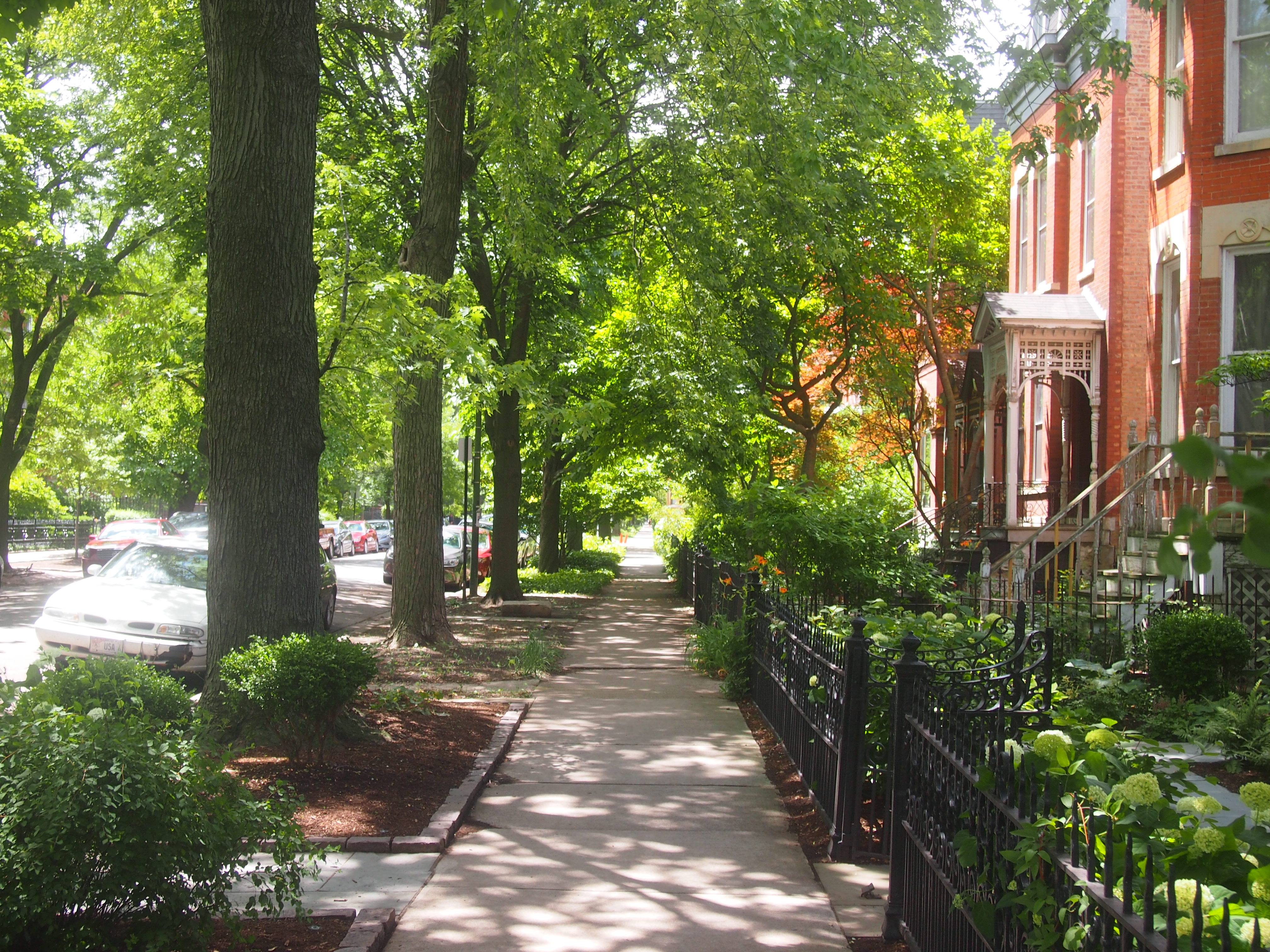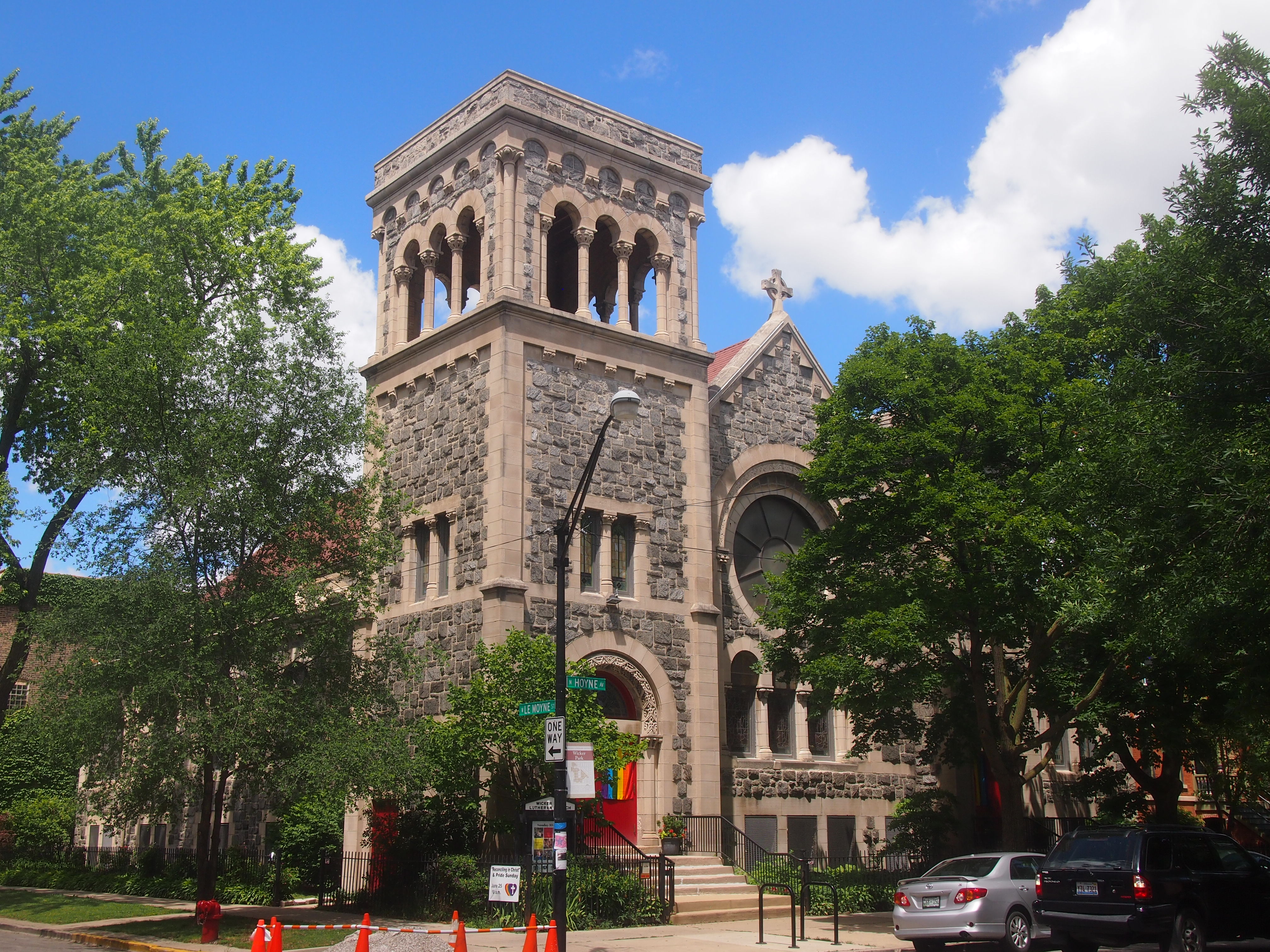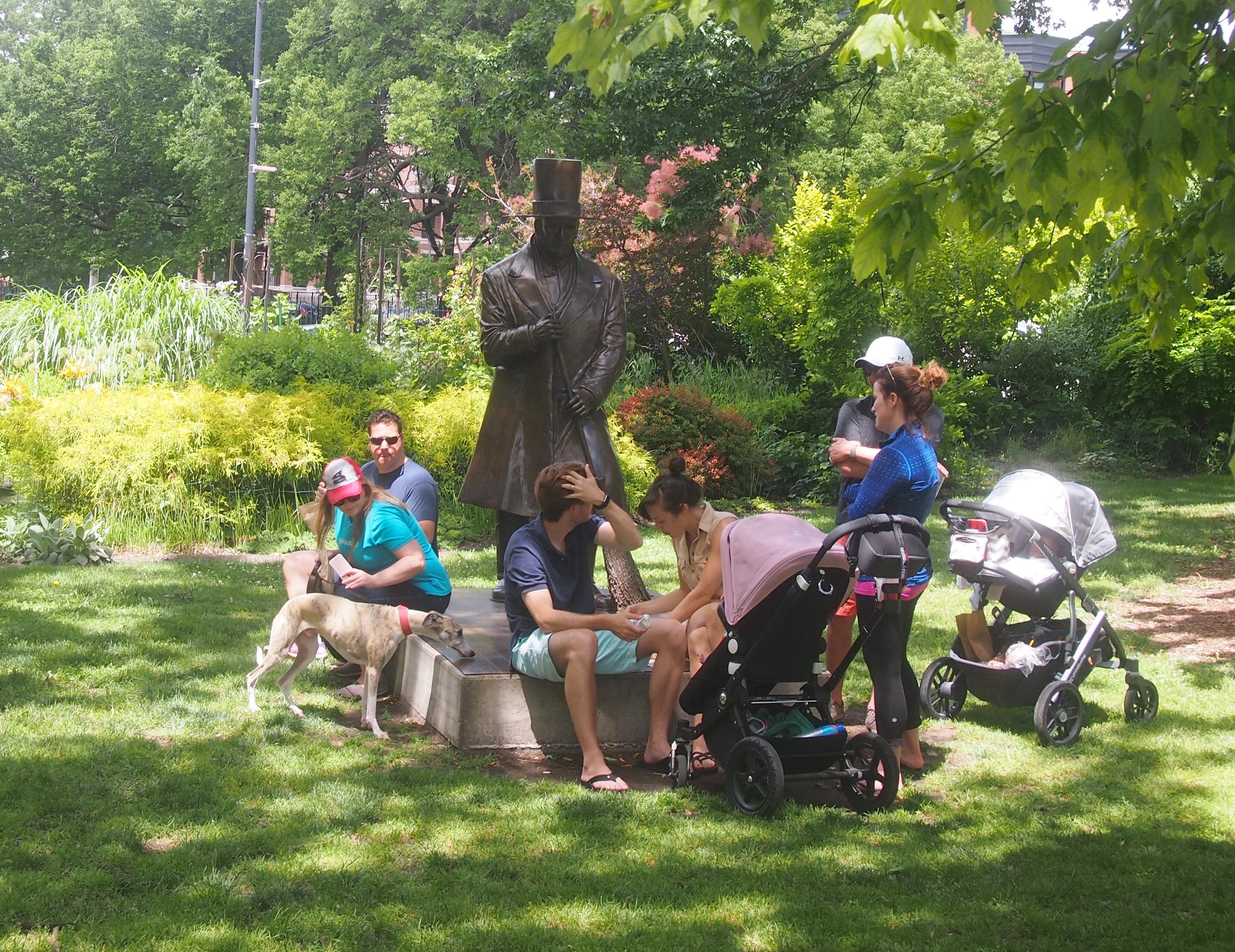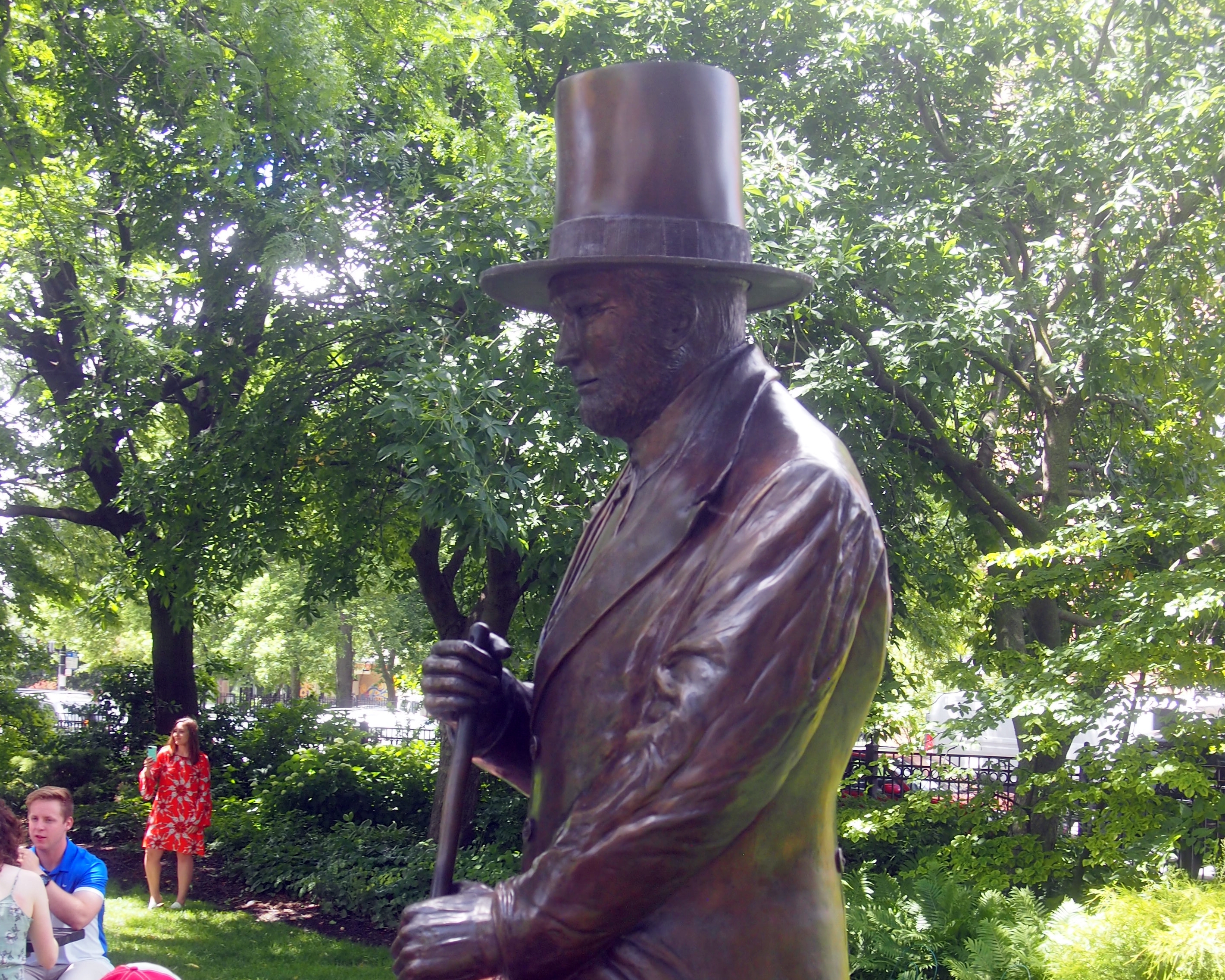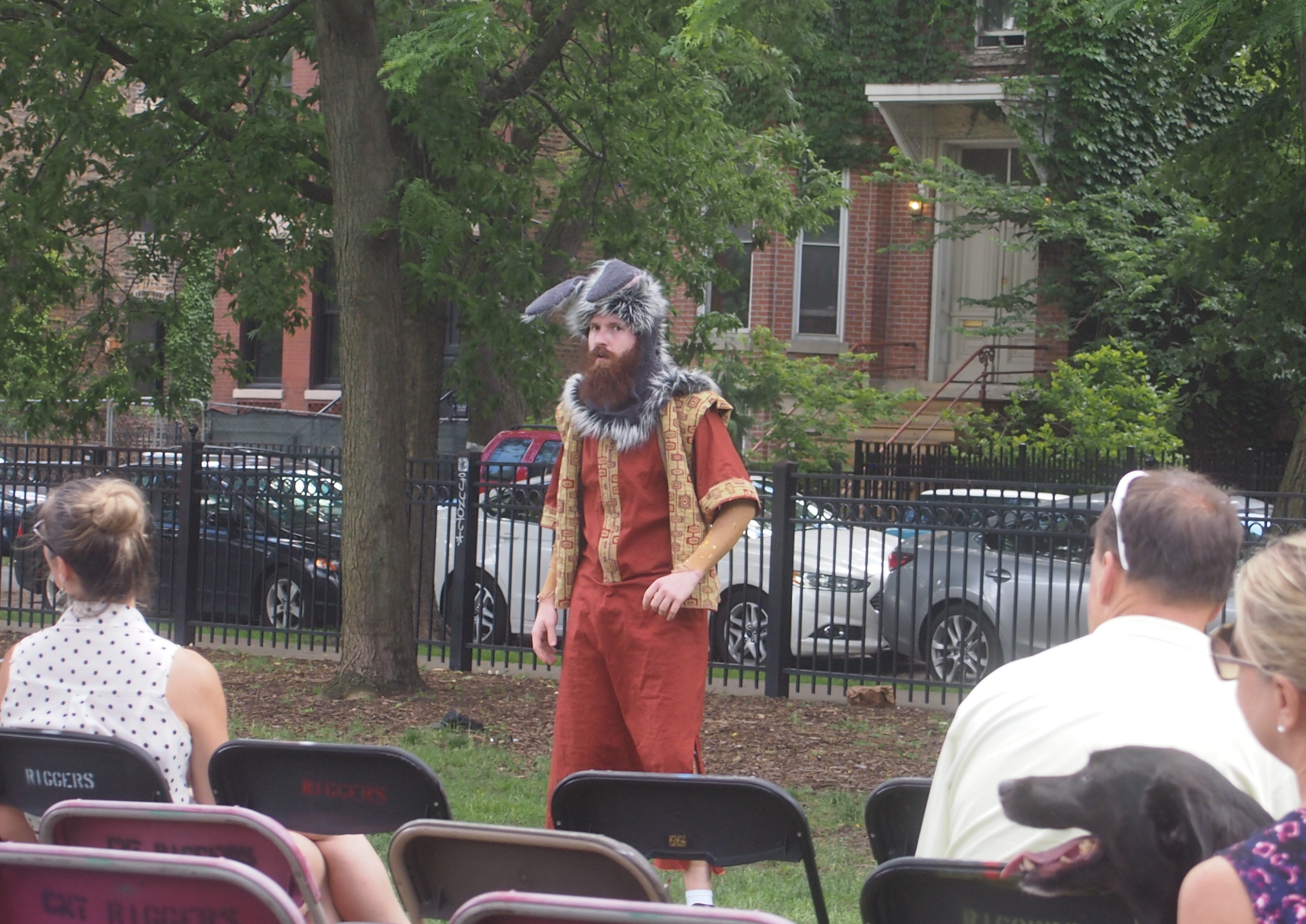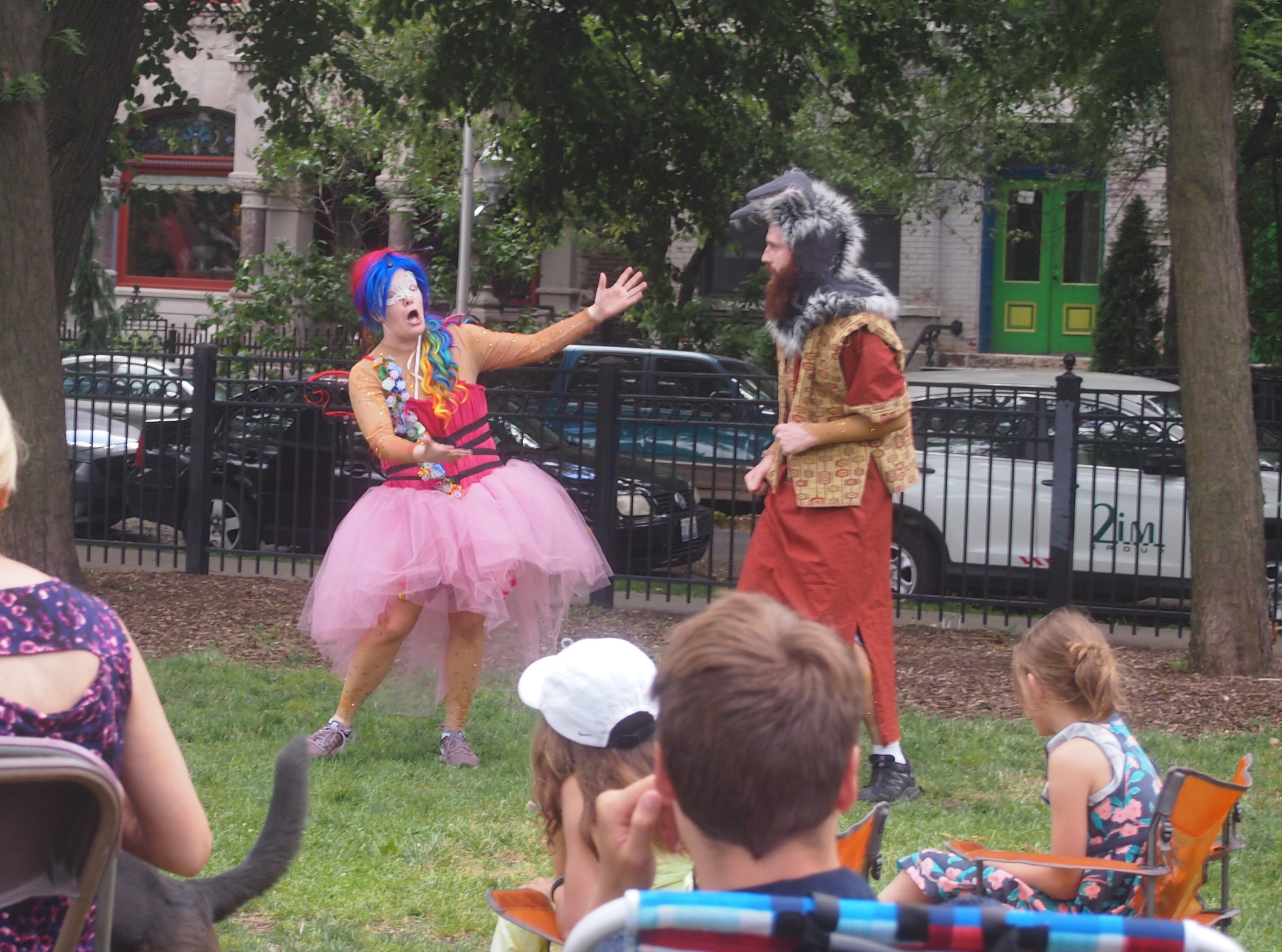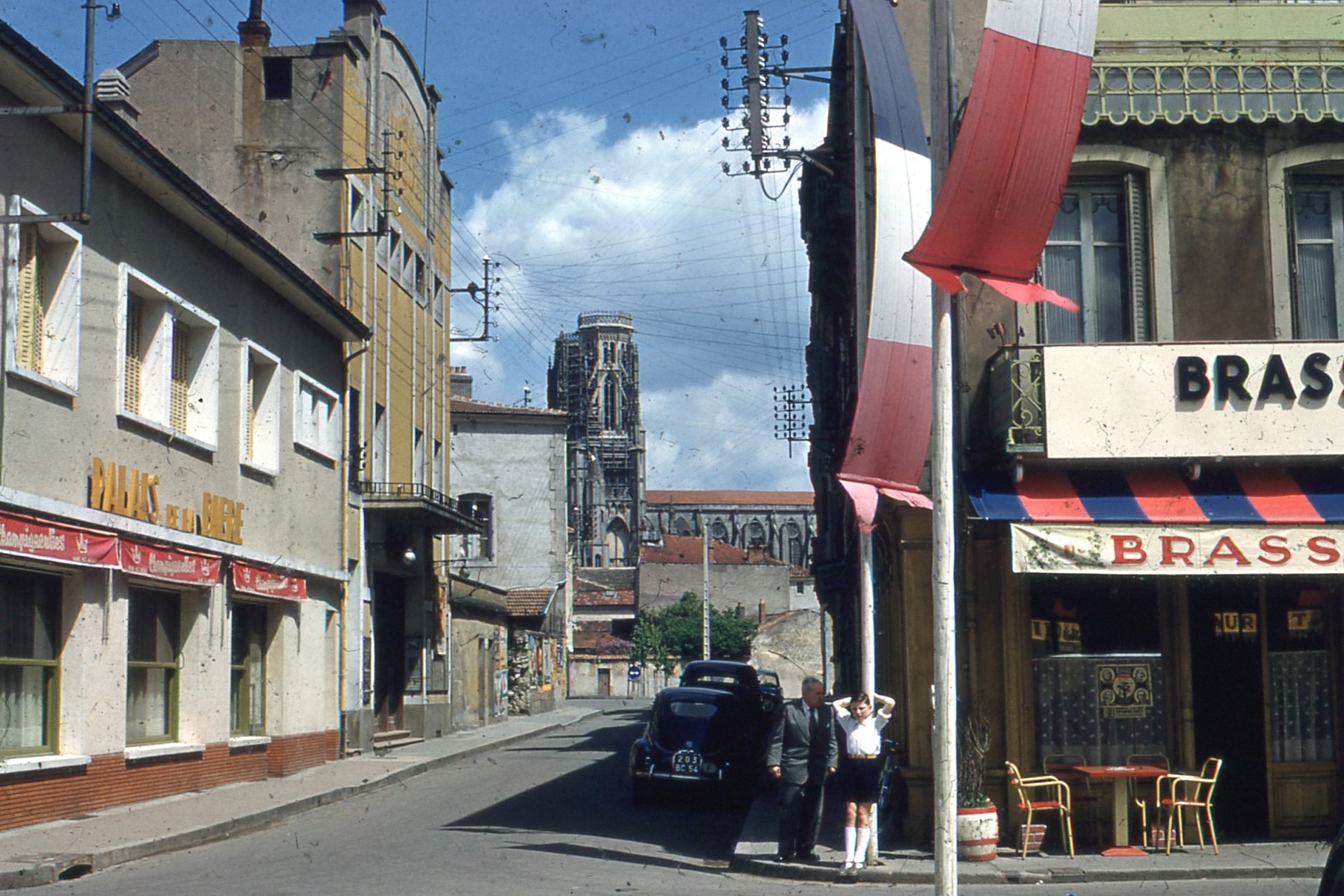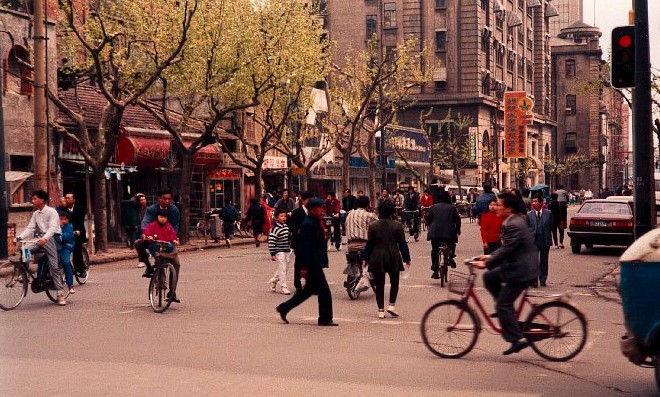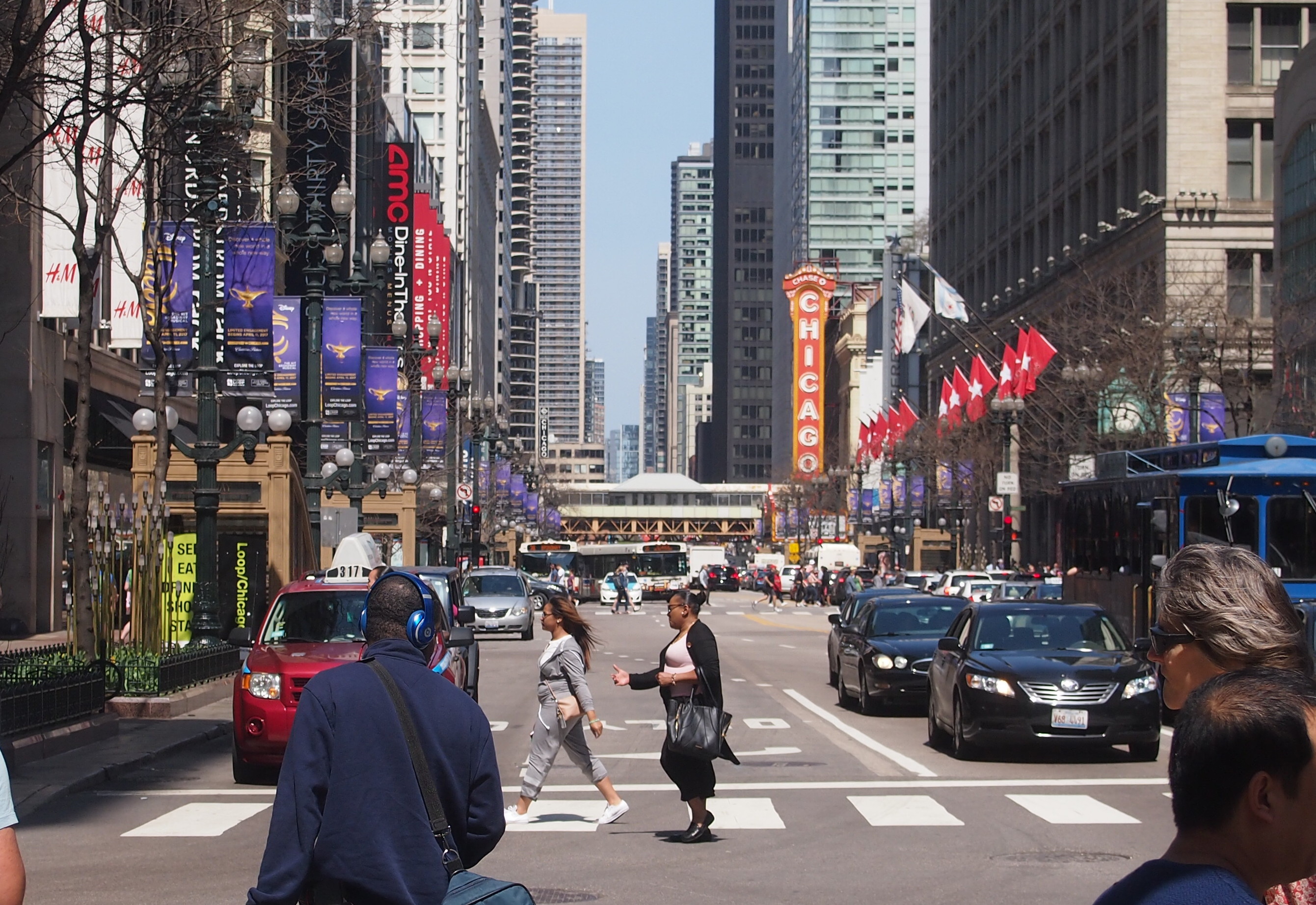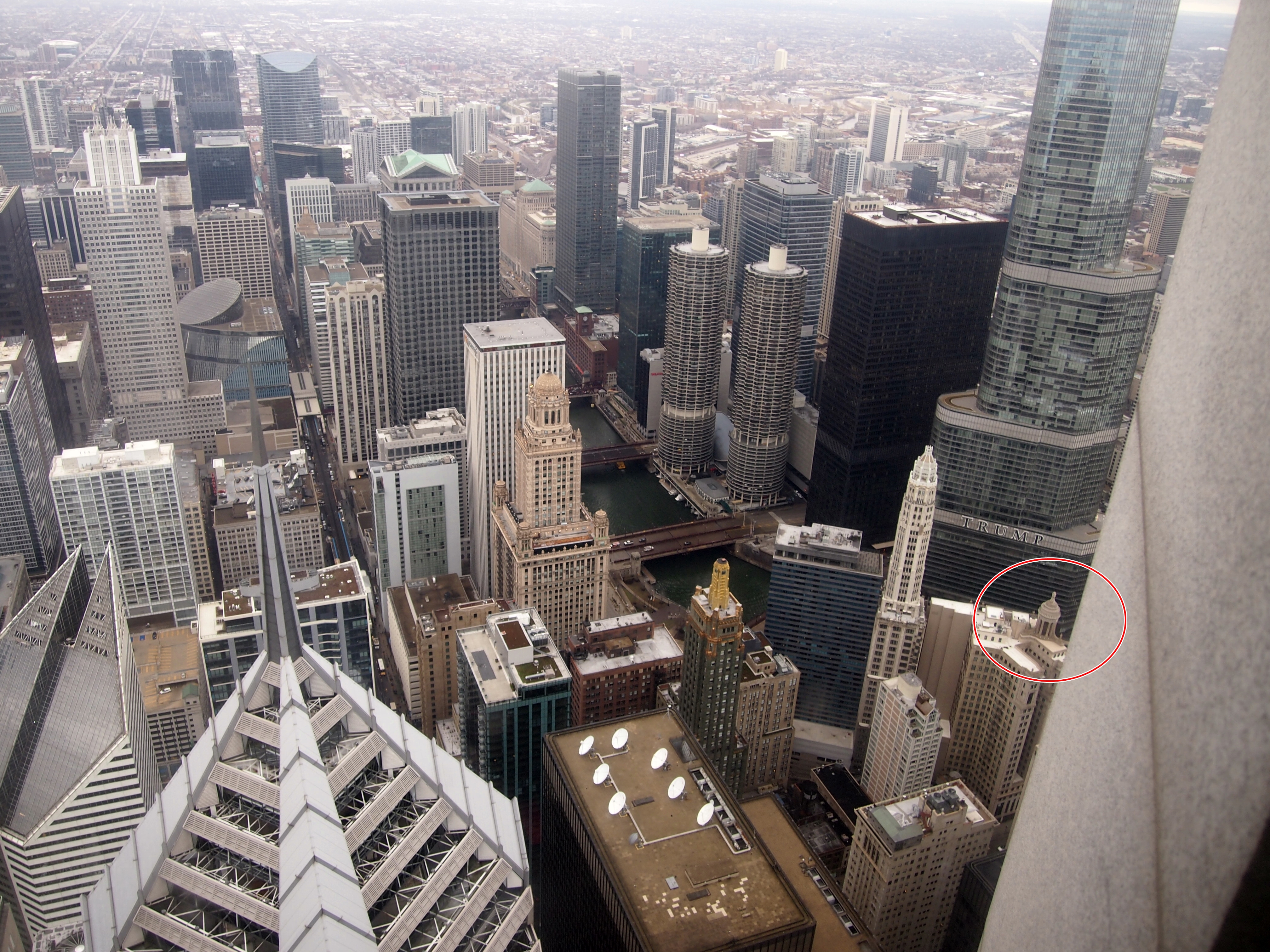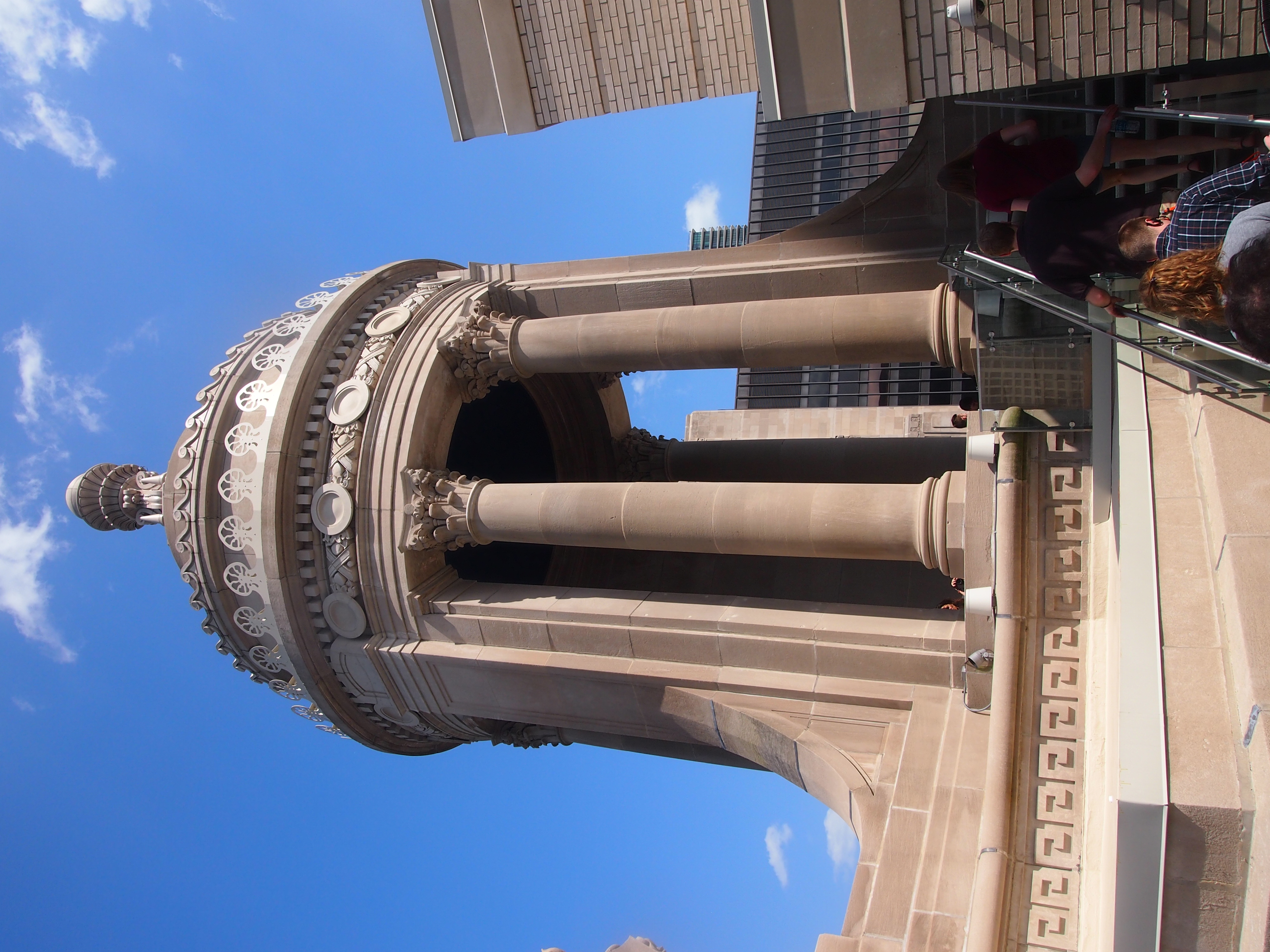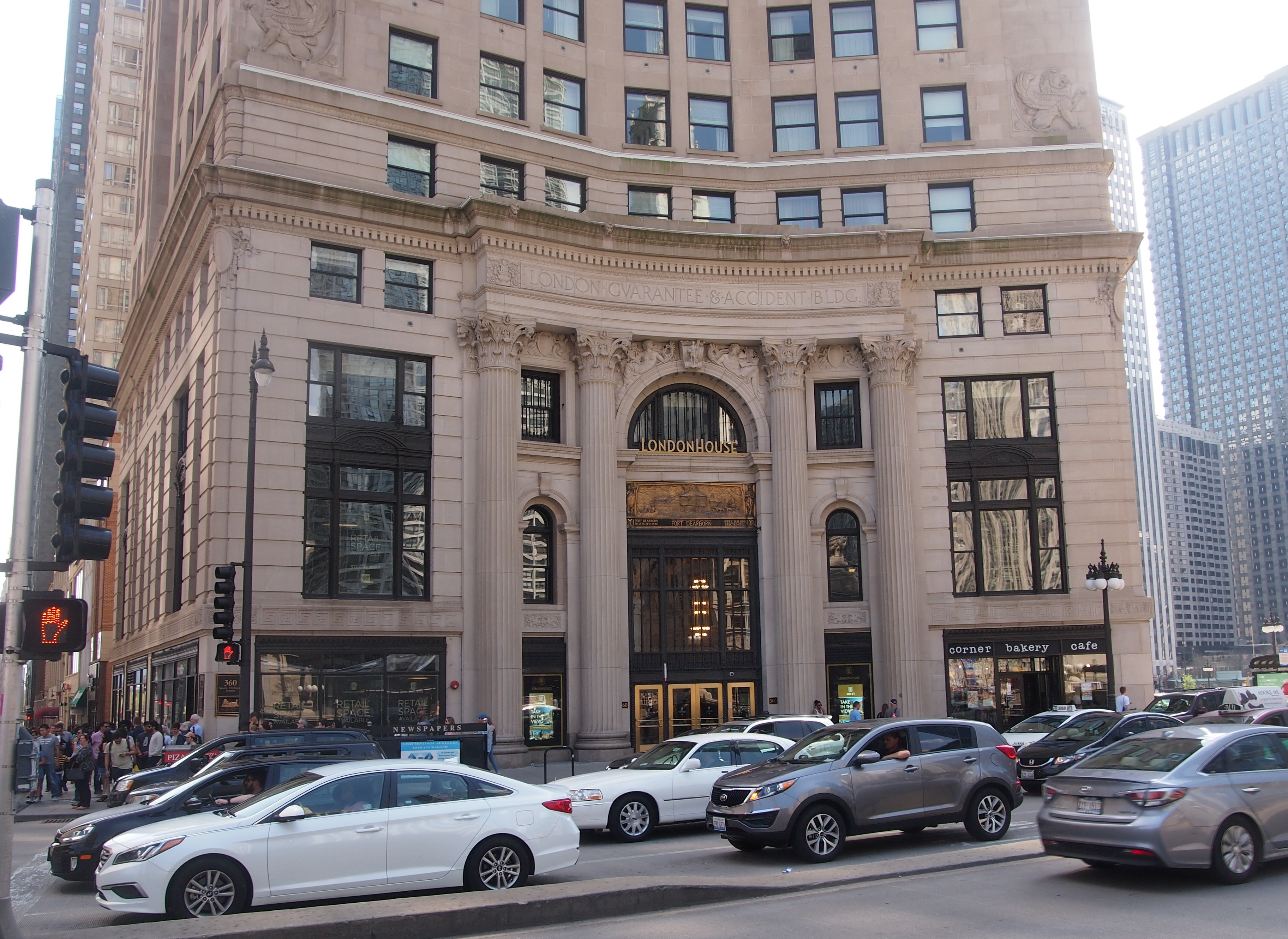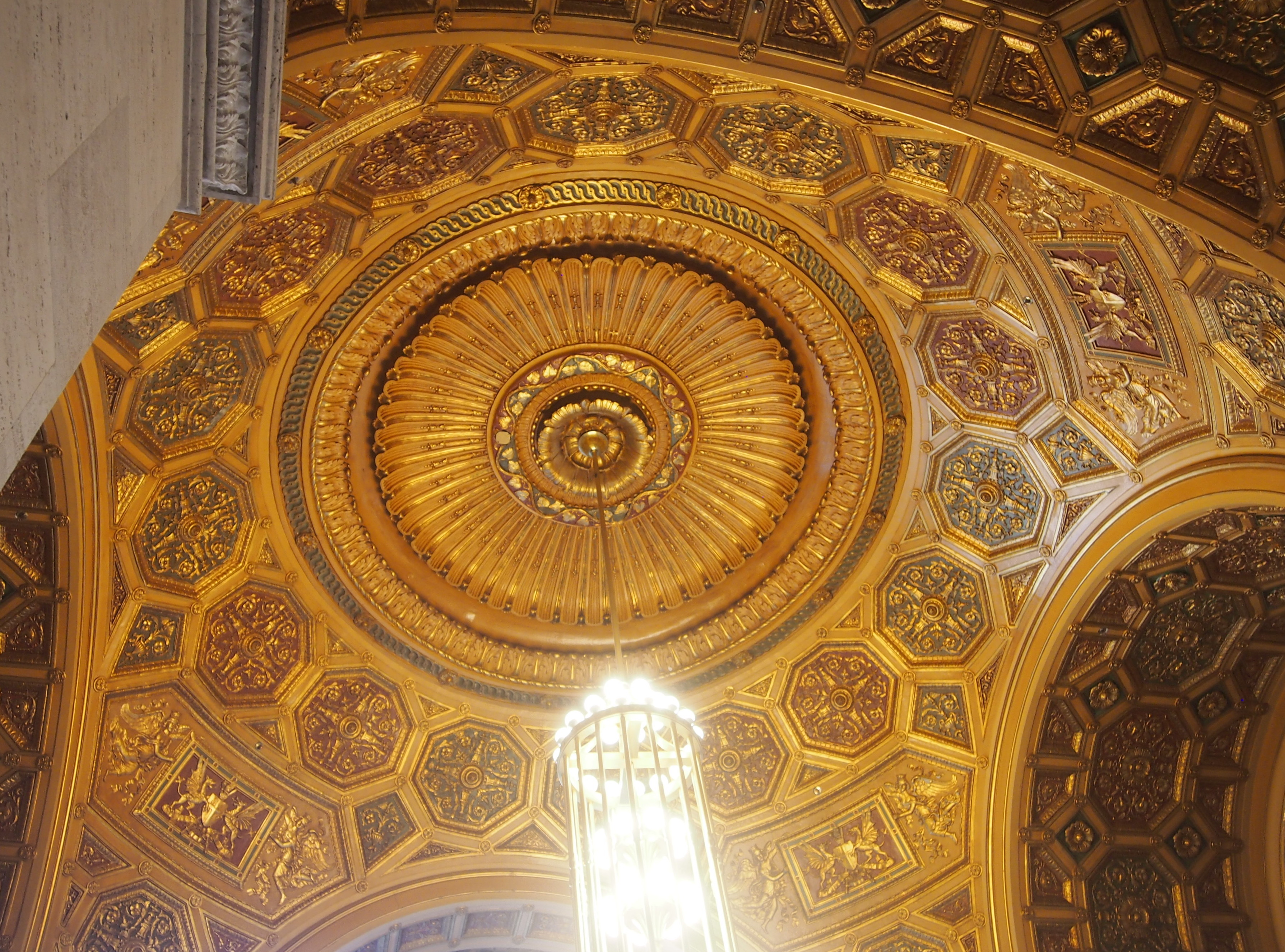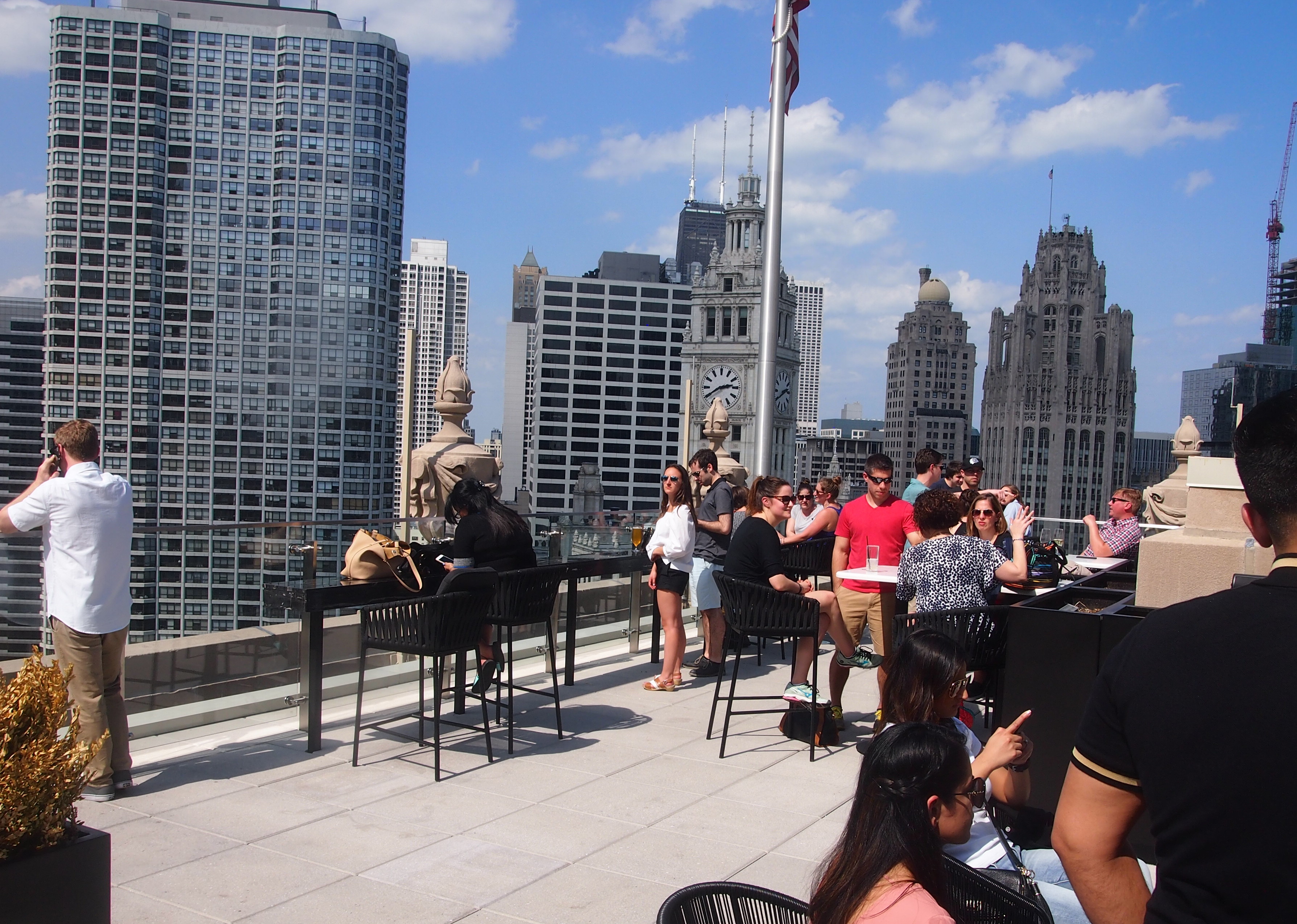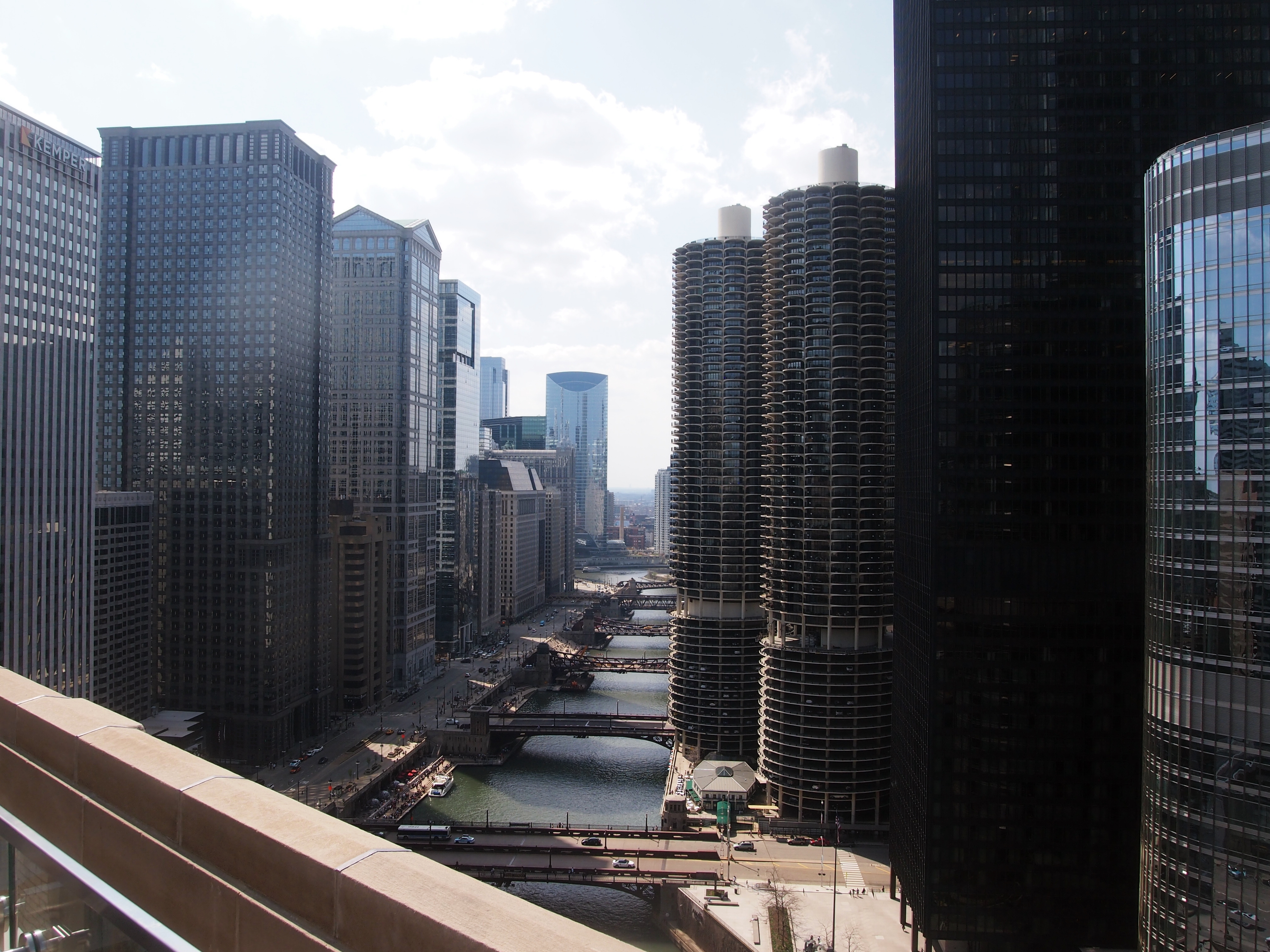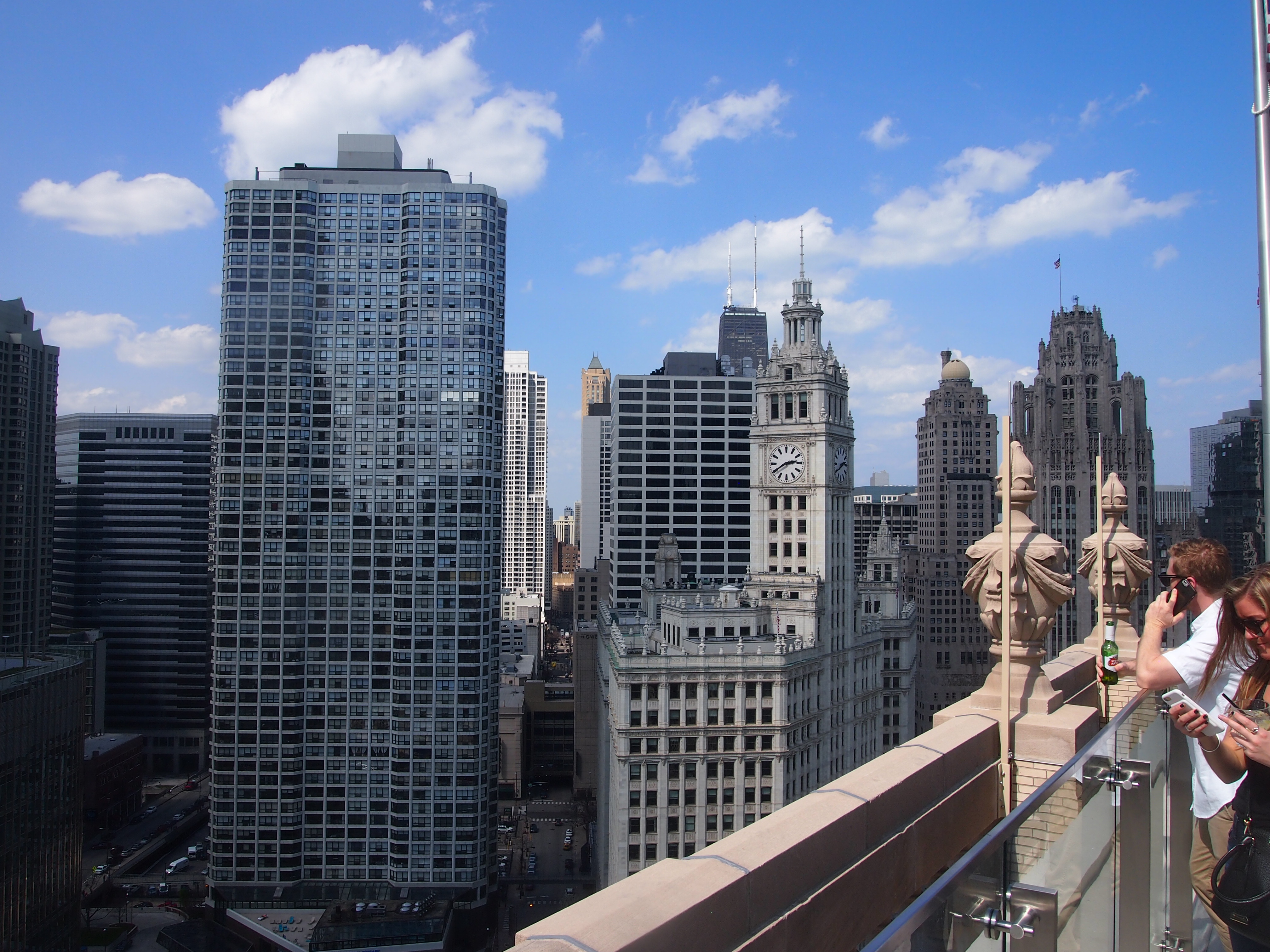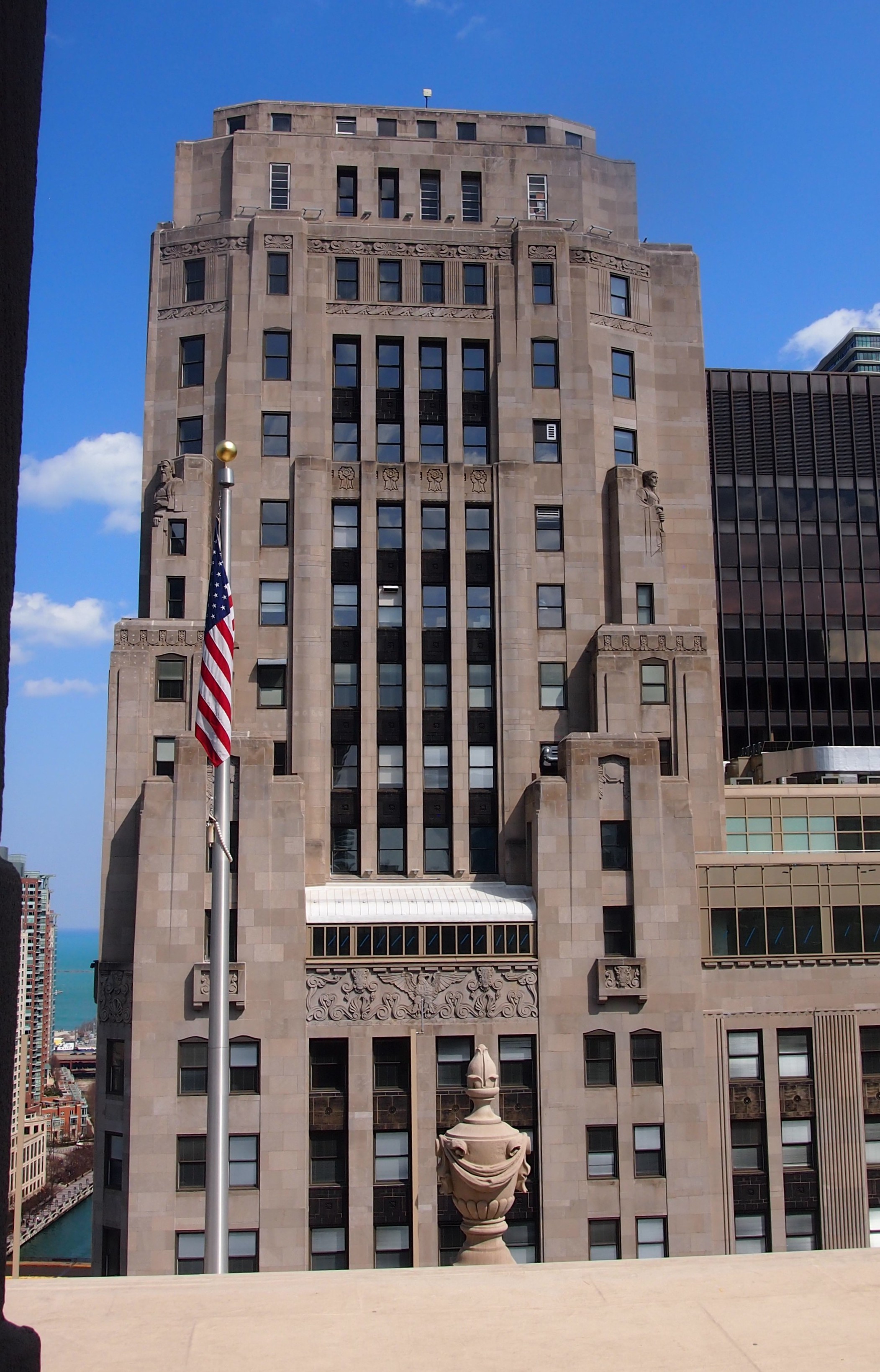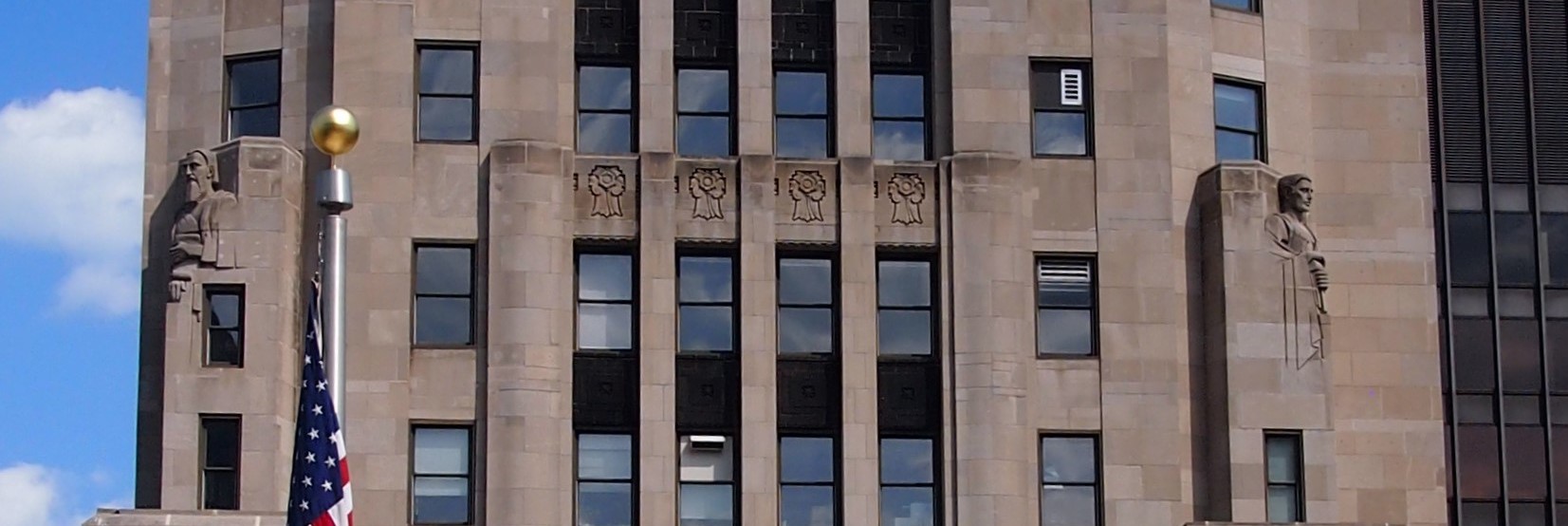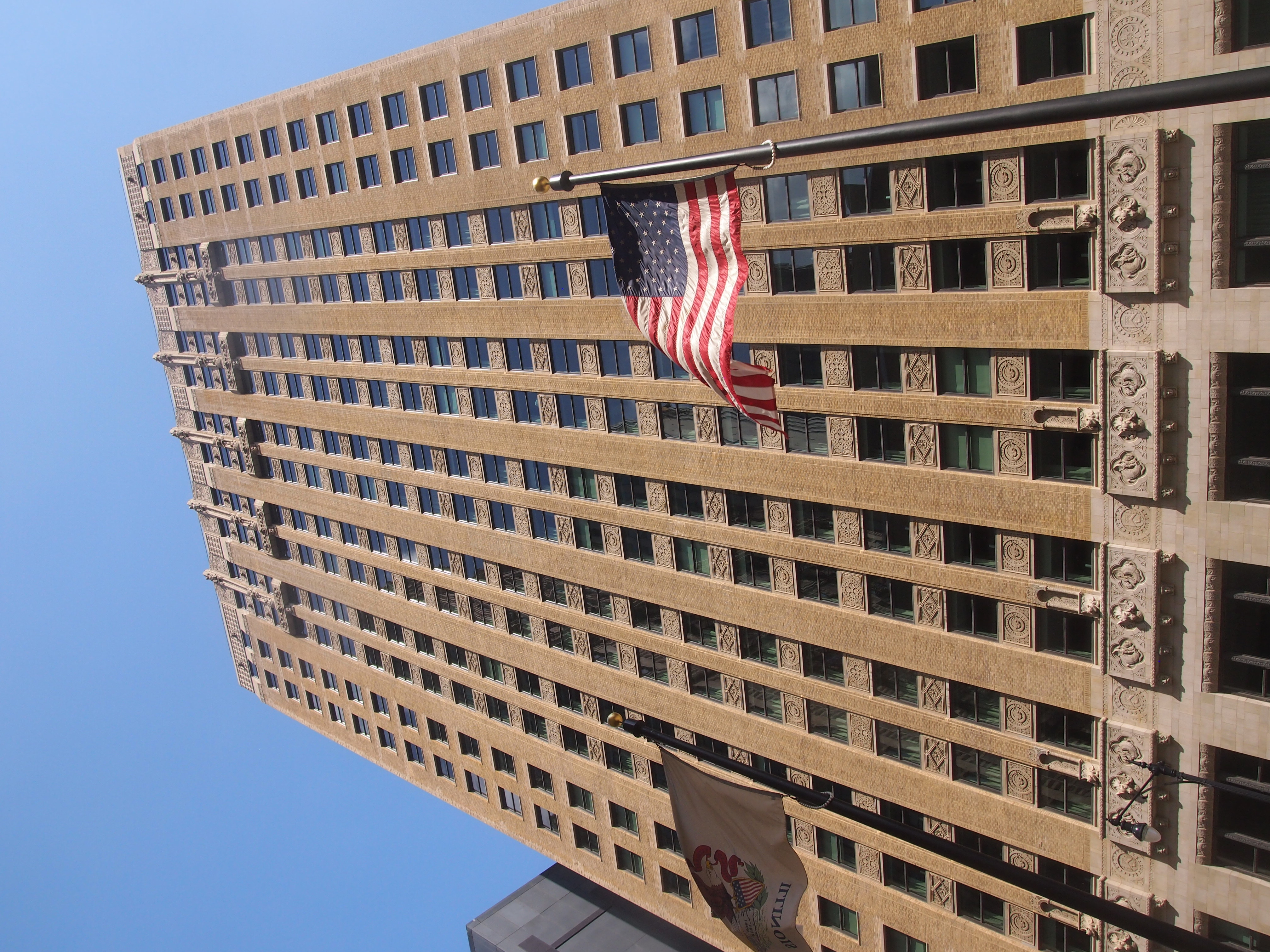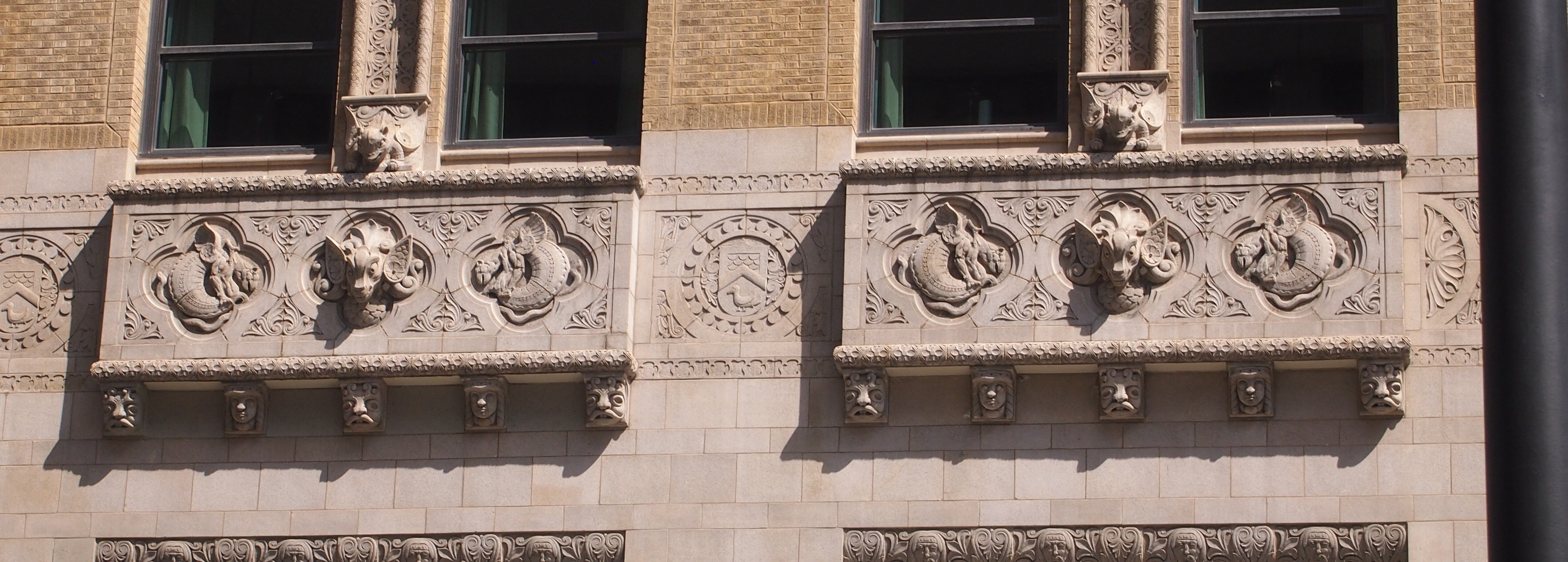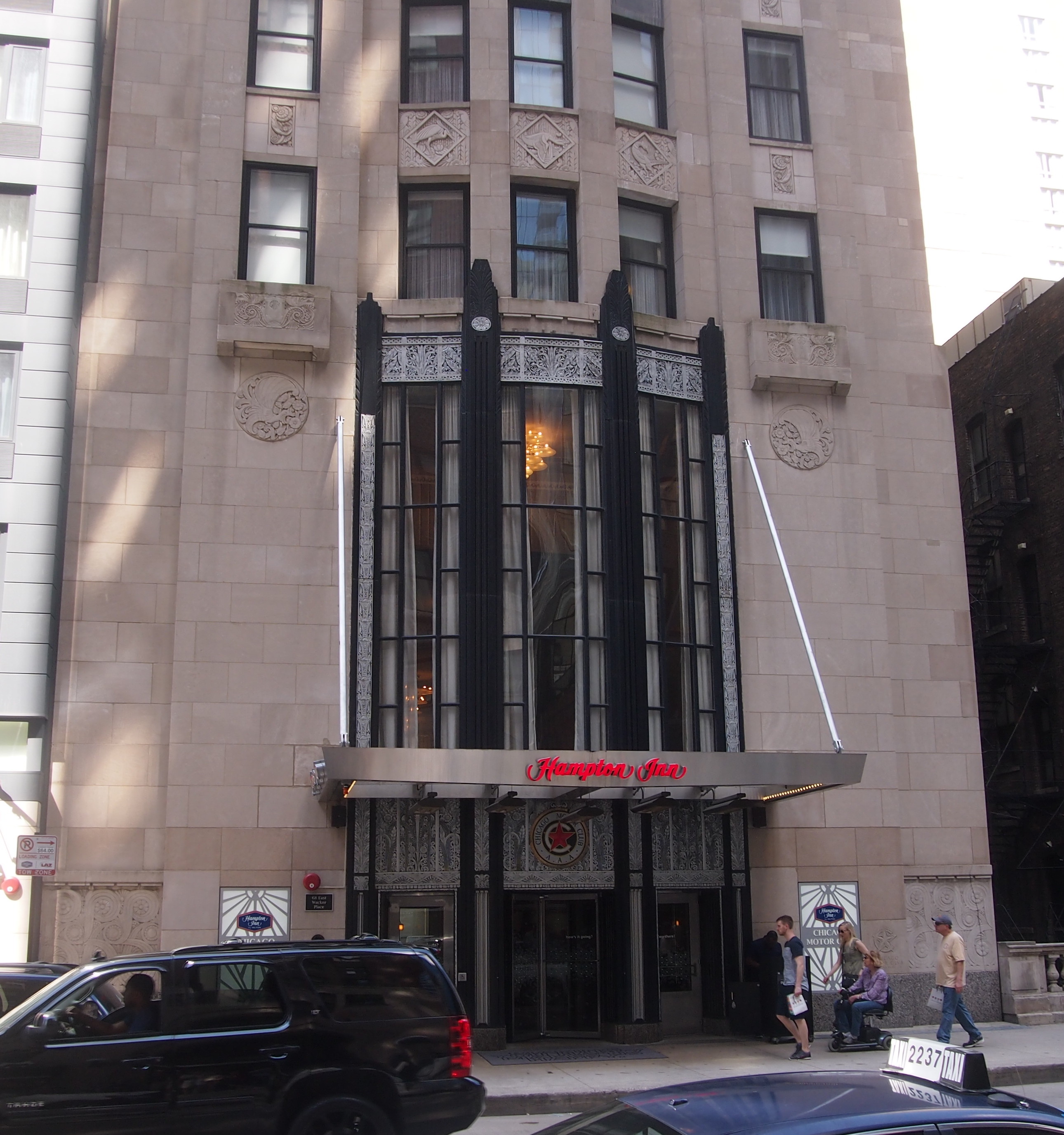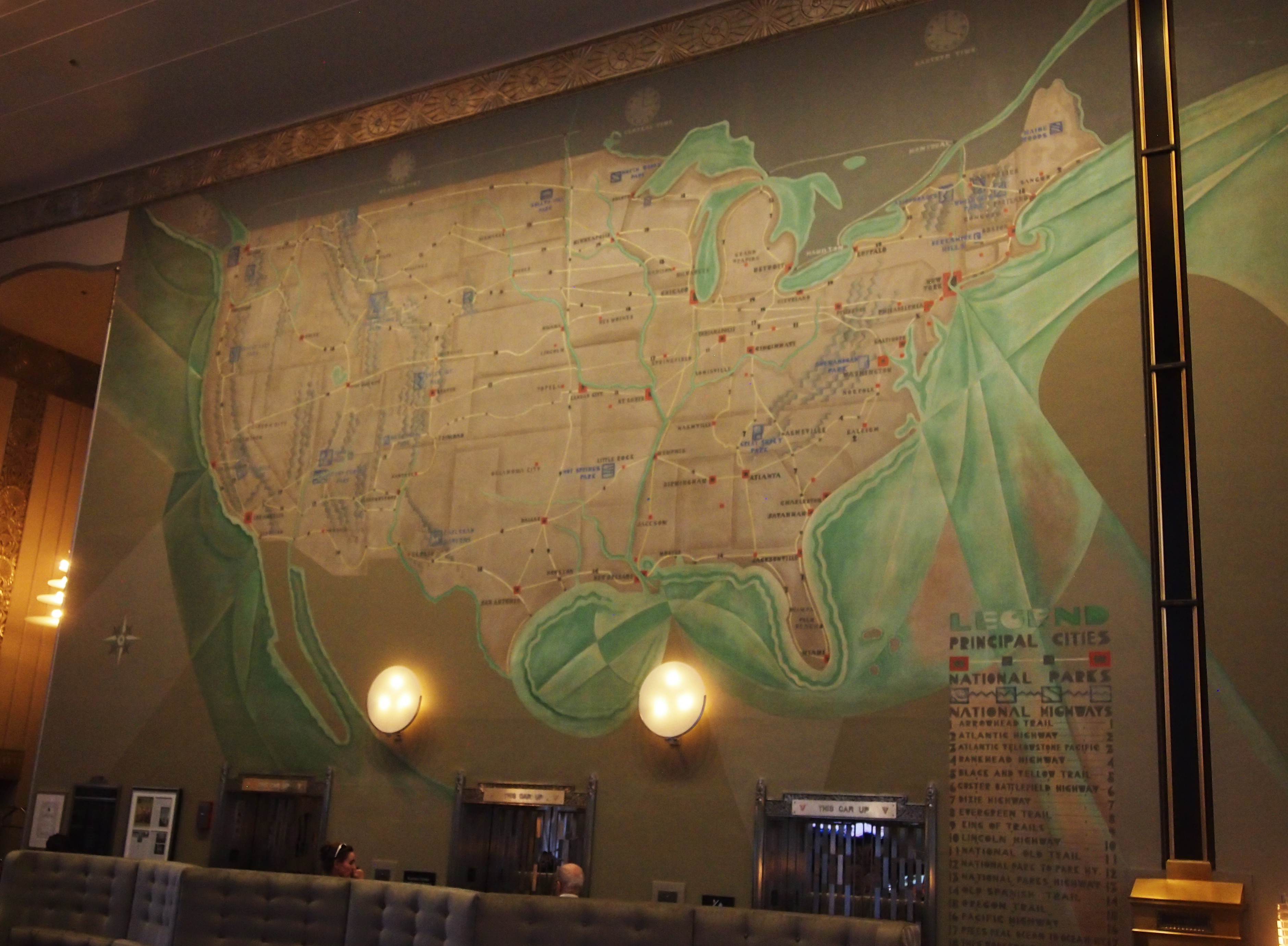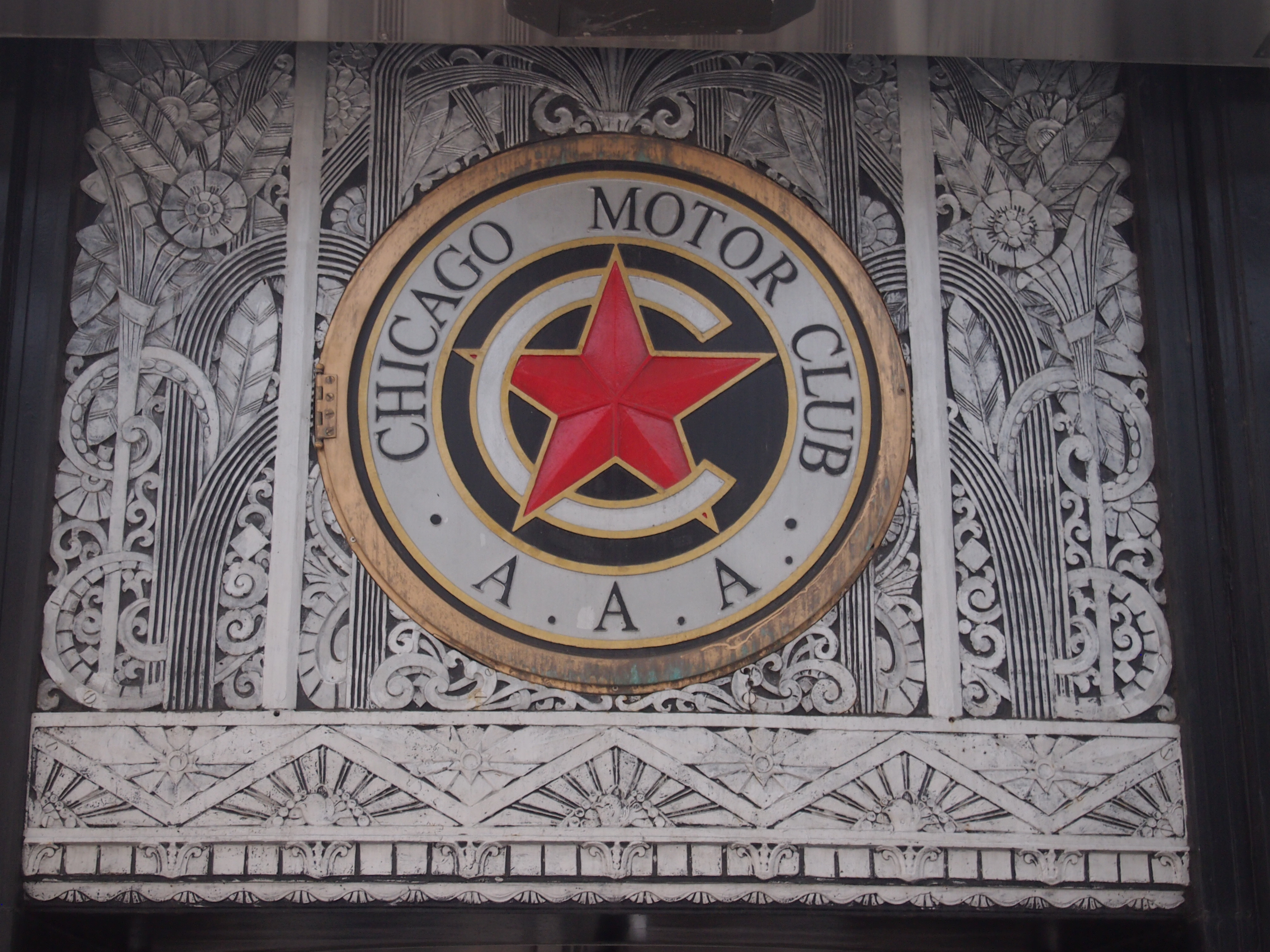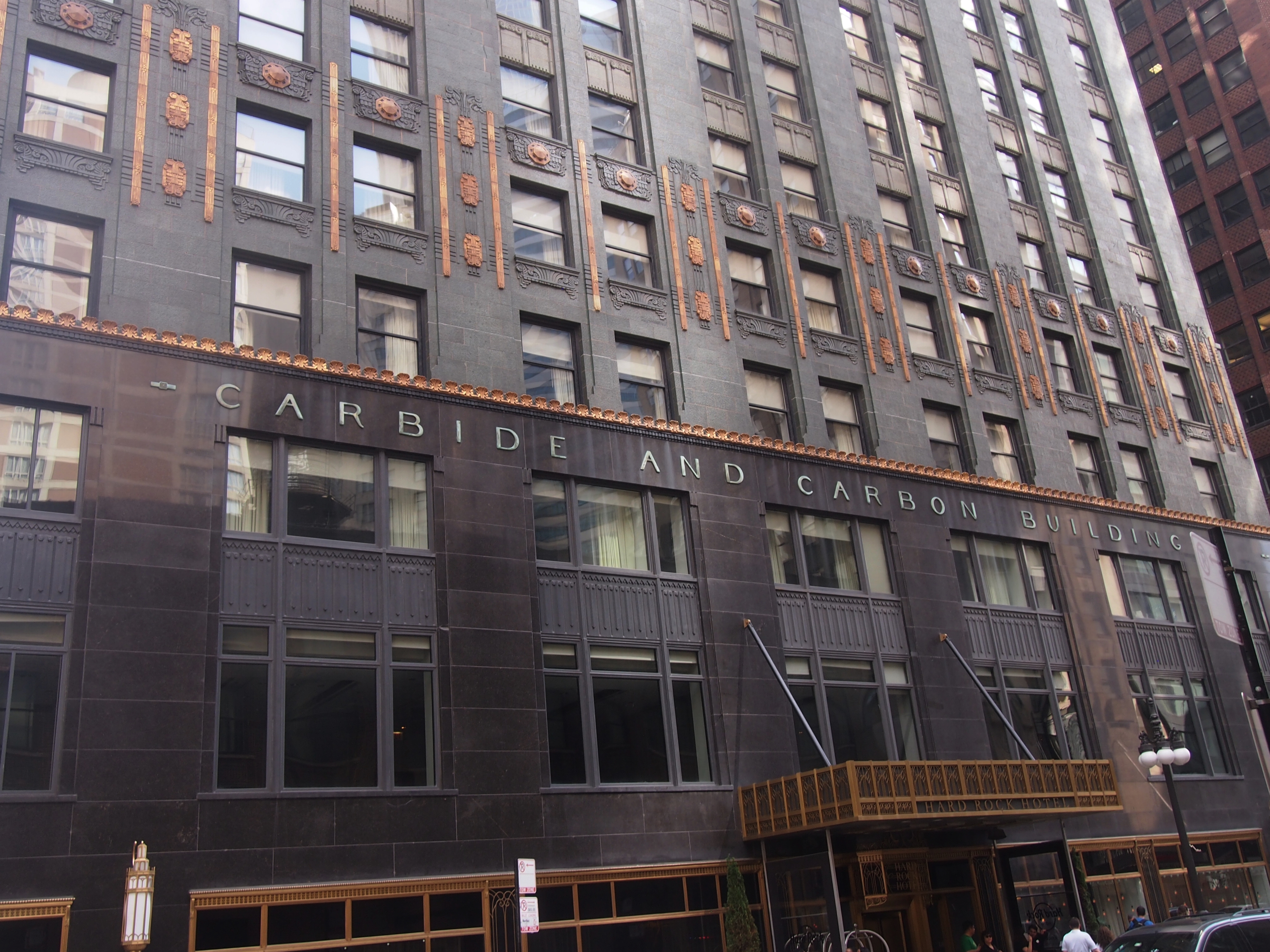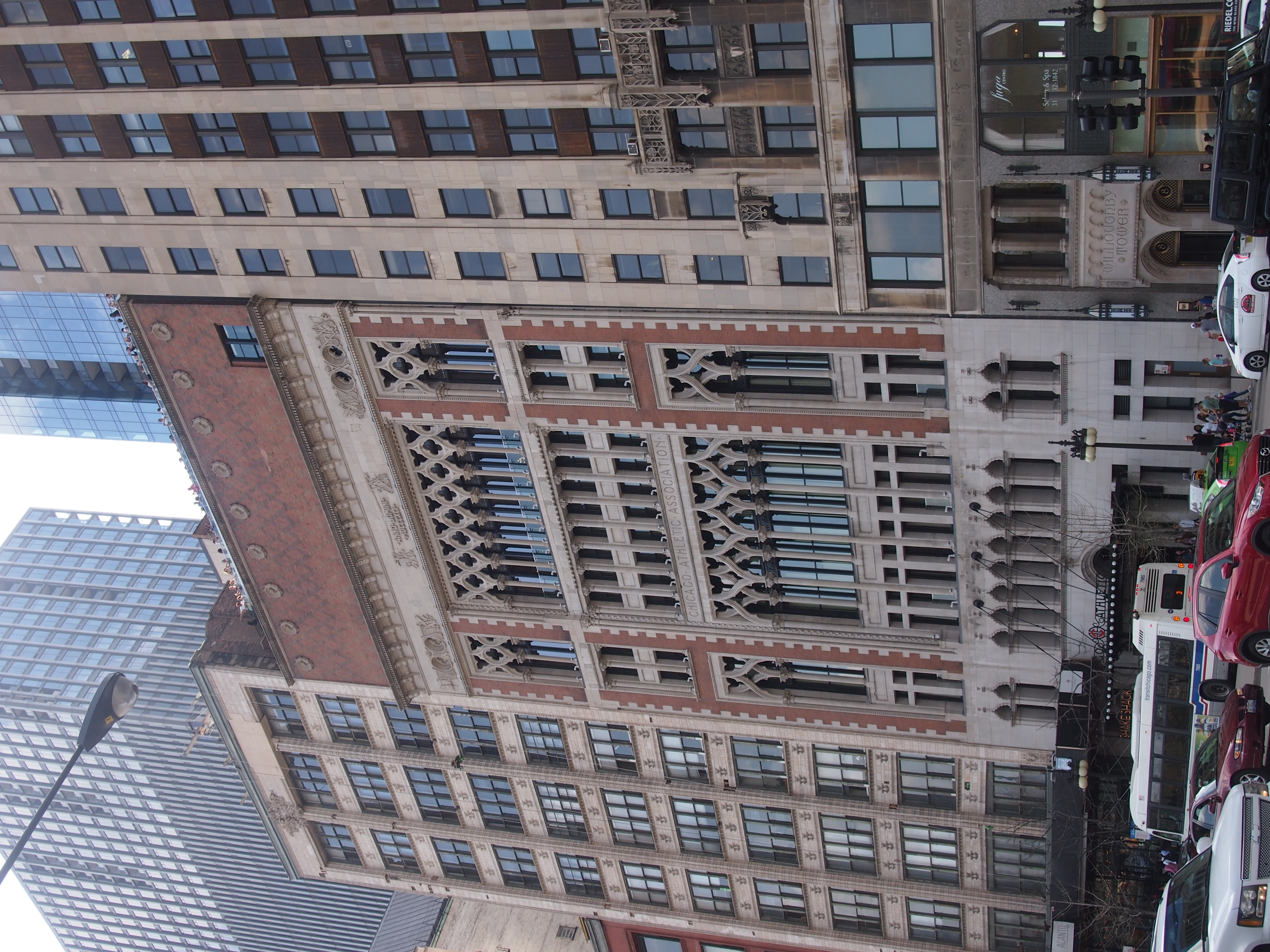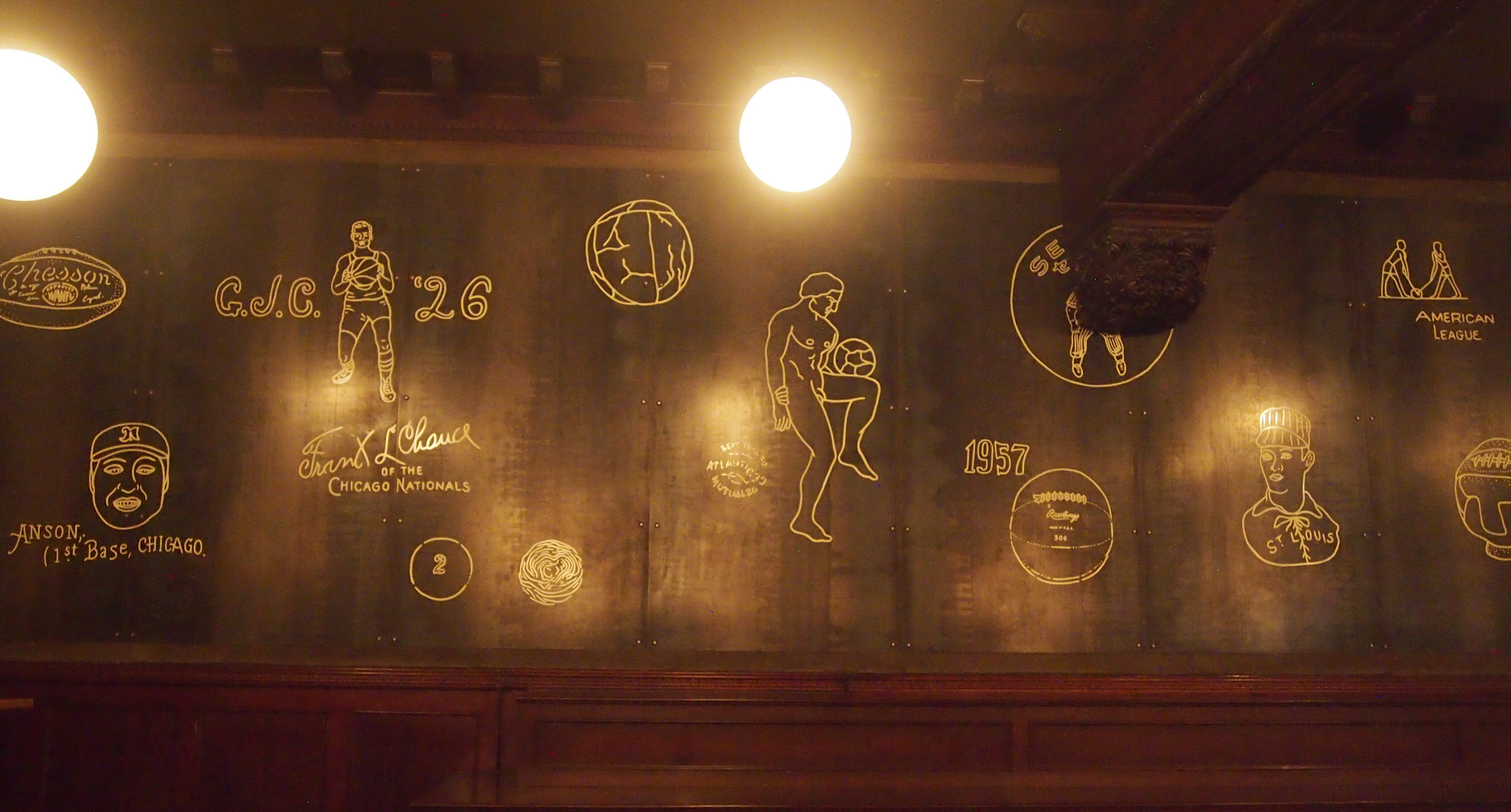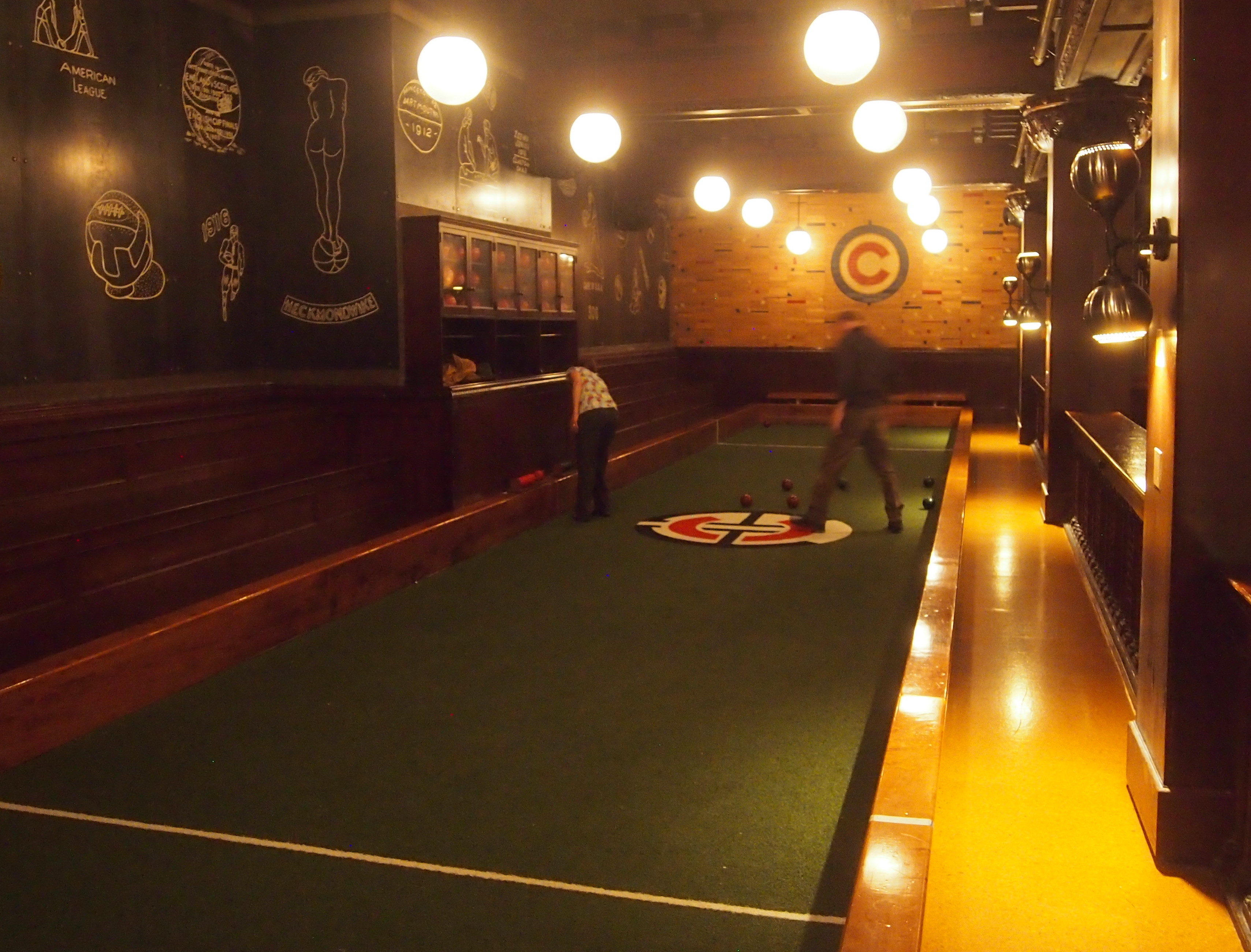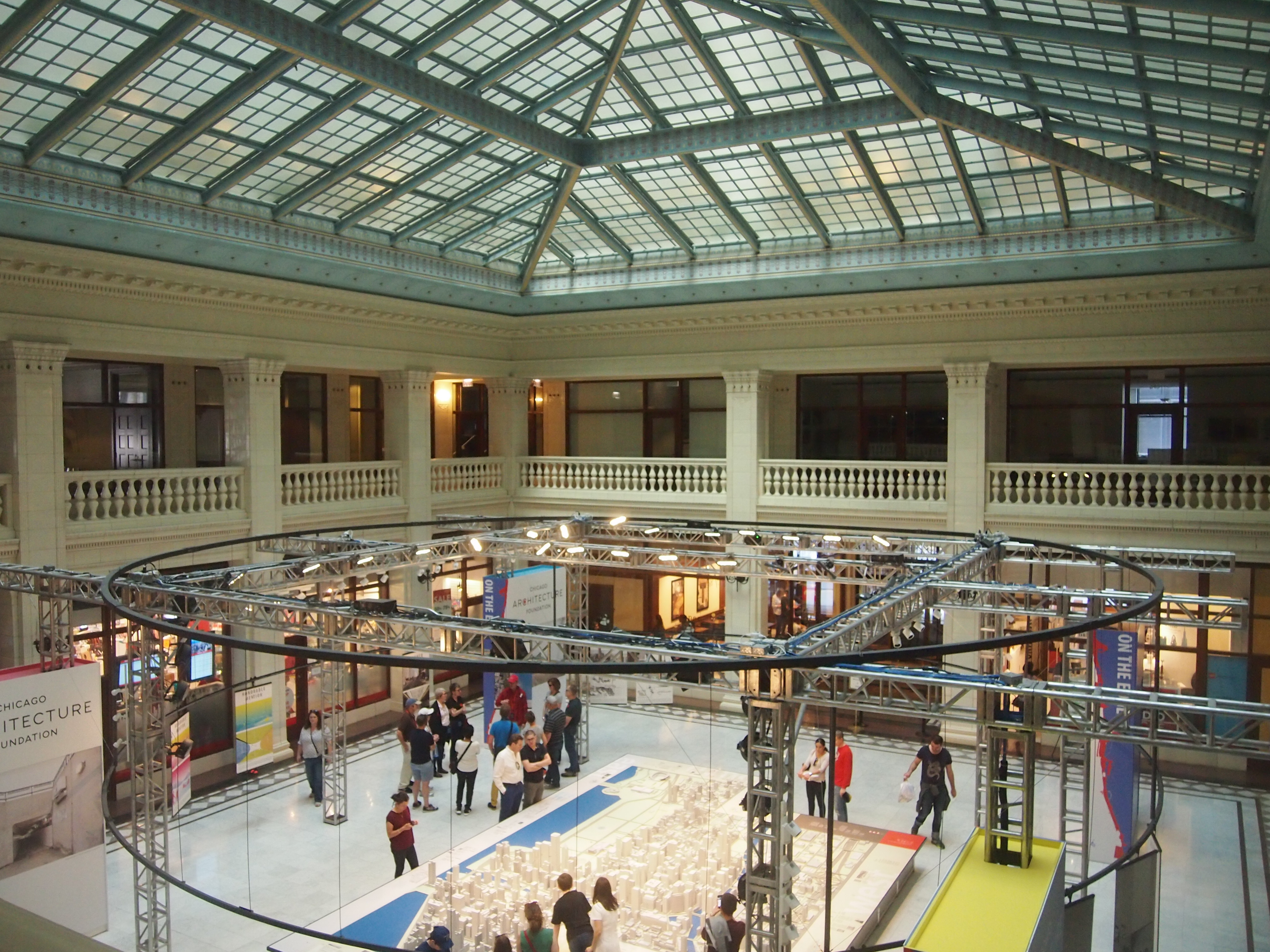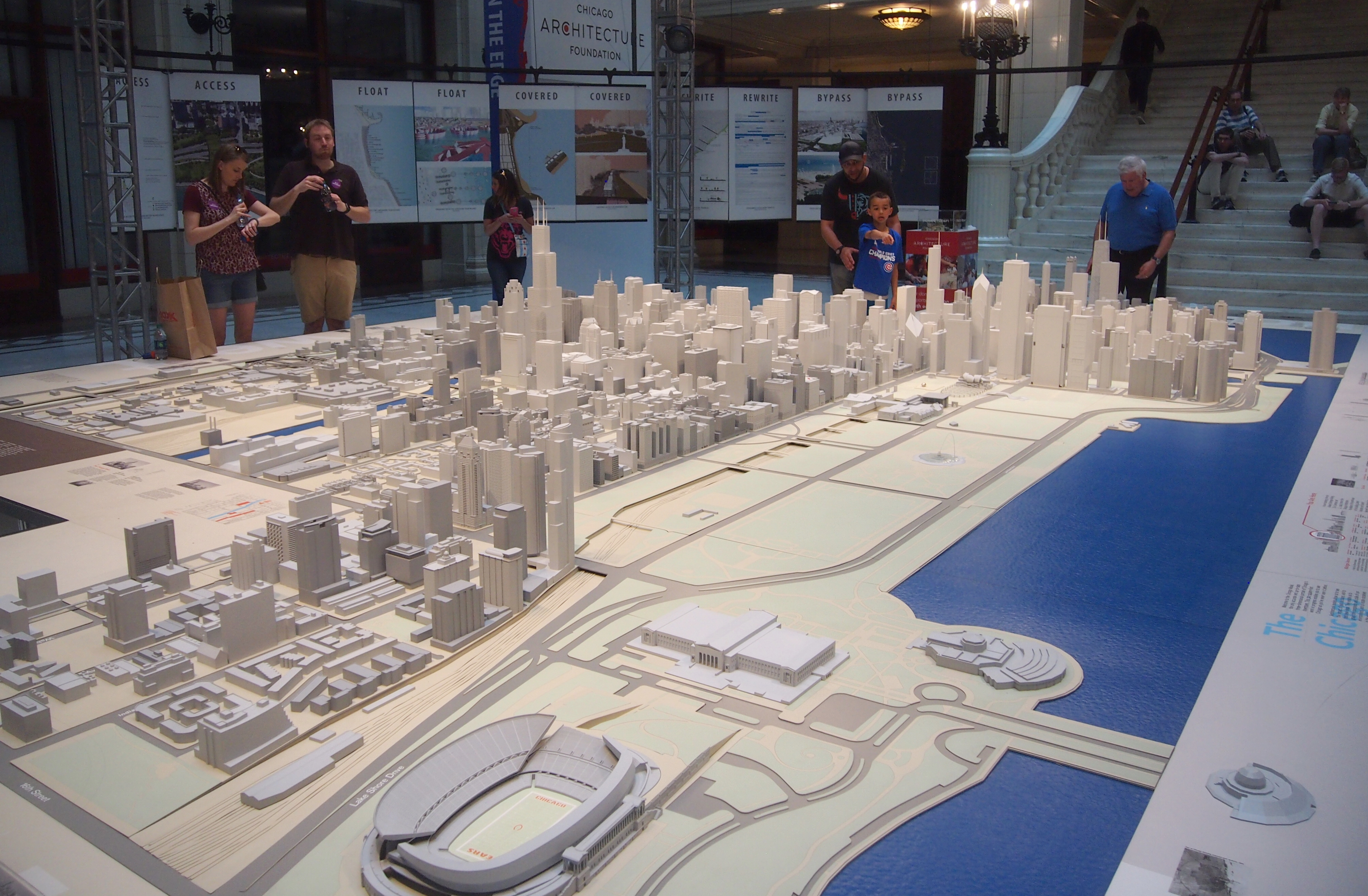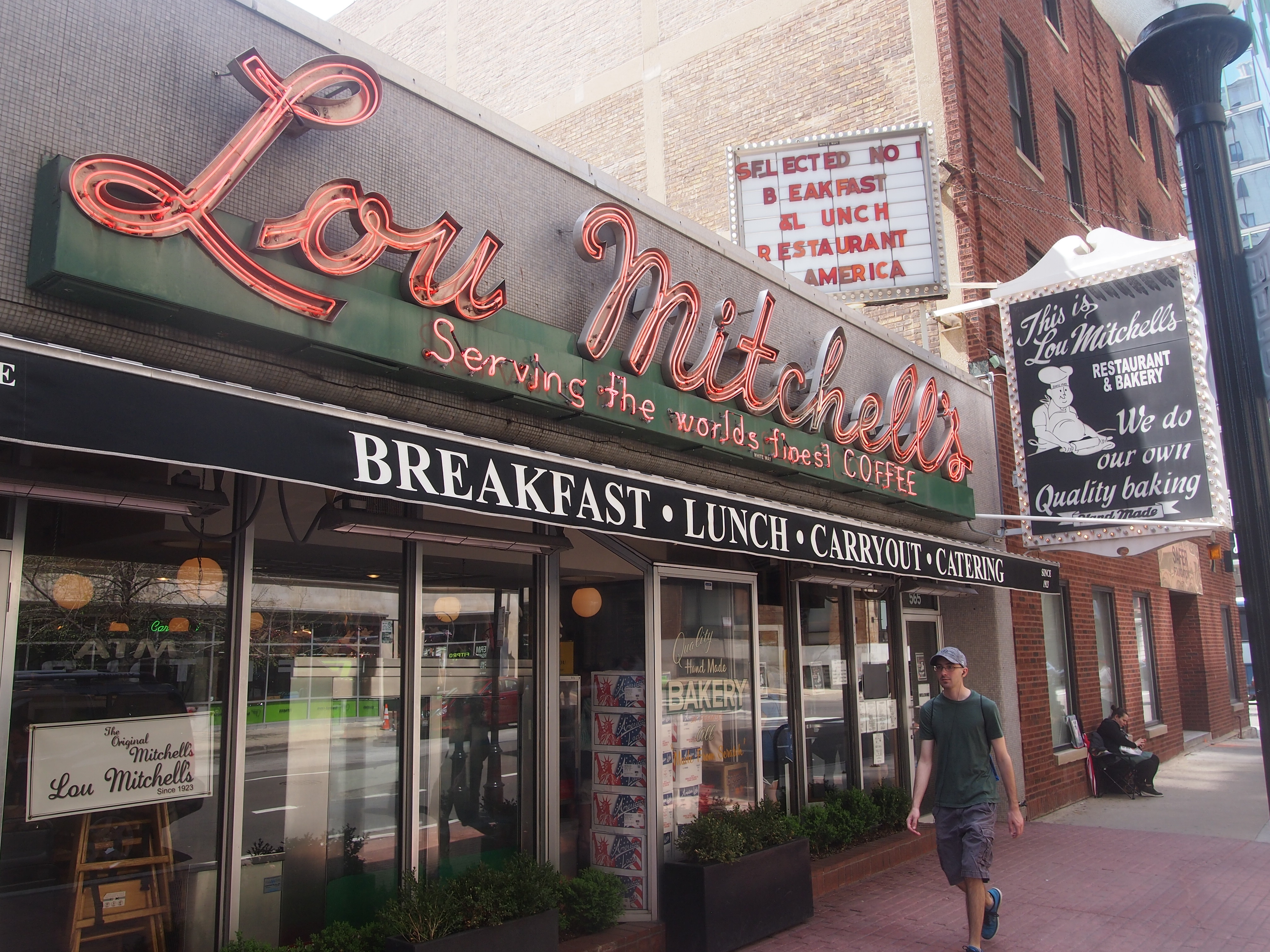A fine Solstice. Clear and not particularly hot, followed by a short cool night.
The least plutocrats can do for posterity is build lavish, highly aesthetic houses that, decades or even centuries later, are restored and open to the public in one way or another. I suspect modern magnates, business tycoons, and captains of industry are mostly failing in this regard.
Late 19th-century and early 20th-century plutocrats, on the other hand, did not shrink from their duty along these lines. They might have imagined they were celebrating their worldly success in a highly visible way, and maybe they were, but sic transit gloria mundi. Beyond their own time and concerns, they were leaving something for later hoi polloi to ogle.
I will give Richard Dreihaus his due, however. I’m not sure he counts as a plutocrat, but he is a wealthy fund manager of our time. He might not have built a lavish house — or maybe it’s still private — but in any case, he managed to restore the Samuel M. Nickerson House at 40 E. Erie St. on the Near North Side of Chicago to its Gilded Age glory.
Now it stands, stocked with fine art and objets d’art, for the hoi polloi to see (for a fee). Hoi polloi such as Yuriko and I on Sunday afternoon, when we visited the Richard H. Driehaus Museum, which occupies the Nickerson House.
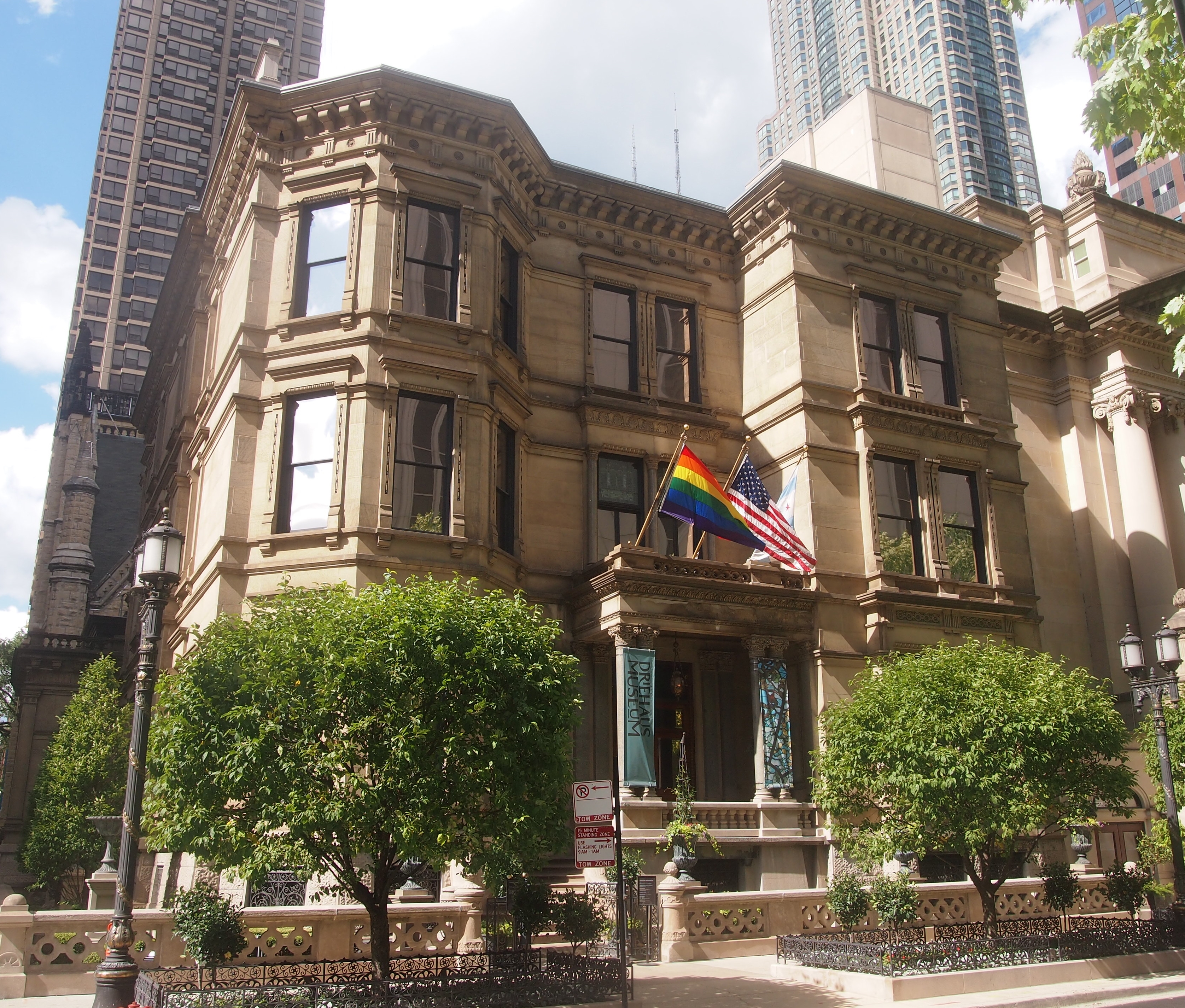
Chicago magazine in 2007 on the philanthropist: “Driehaus, the founder of Driehaus Capital Management… is no ordinary preservationist. He is a man who can afford to indulge his passions — for art, for parties, but mainly for restoring historic architecture — on a boundless scale, as anyone who has visited his many residences and offices around the world can attest.
“In the past two decades, Driehaus has emerged as one of Chicago’s most prominent advocates for historic preservation. He has also taken a leading role in encouraging the city and public institutions and groups to adopt a more design-centered approach to civic projects.”
Driehaus bought the building at 40 E. Erie St. in the early 2000s, when it was being used as an art gallery, and spent a good deal restoring it, including cleaning the exterior, which I’ve read was black from a century-plus of pollution. Considering its location on Erie, I’m sure that I walked and rode by the building any number of times in the 1980s and ’90s — and took exactly no note of it.
Since 2011, it’s been open to the public as the Driehaus Museum. I still took no note of it until last year, when I was walking by and saw its sign. Museum? This is a museum? Since when? Even in the Internet age, it’s hard to keep track of things.
Samuel M. Nickerson was a successful banker in early Chicago who tasked Edward J. Burling of the firm of Burling and Whitehouse to build him a mansion, which was completed in 1883. Burling had a long career in Chicago, with many of his buildings destroyed by the Fire.
The Nickerson House rooms feature 17 types of marble, along with onyx, alabaster, carved and inlaid wood, glazed and patterned tiles, mosaics, and Lincrusta, which was brand-new to the United States at the time. During Nickerson’s time, the place was replete with his and his wife Mathilda’s artwork, later donated to the Art Institute. Driehaus not only restored the house to its Gilded Age look, after years as office space and other uses, but made it into museum space for his collection of art from the period.
The museum says: “When the Driehaus Collection was formed during the early 1970s, acquisitions focused primarily on Art Nouveau posters by Alphonse Mucha and his contemporaries. From that essential core, the collection has grown to include master works of design by such Belle Epoque luminaries as Louis Majorelle, the Herter Brothers, Édouard Colonna, John La Farge, Emile Gallé, and Josef Hoffmann. In addition to these important holdings, the Driehaus Collection is one of the country’s leading private collections of works by preeminent American decorative designer Louis Comfort Tiffany.”
The lighting was good for looking, less so for non-flash photography. I got a few half-decent images, mostly of some of the artwork or room details, but not the rooms.

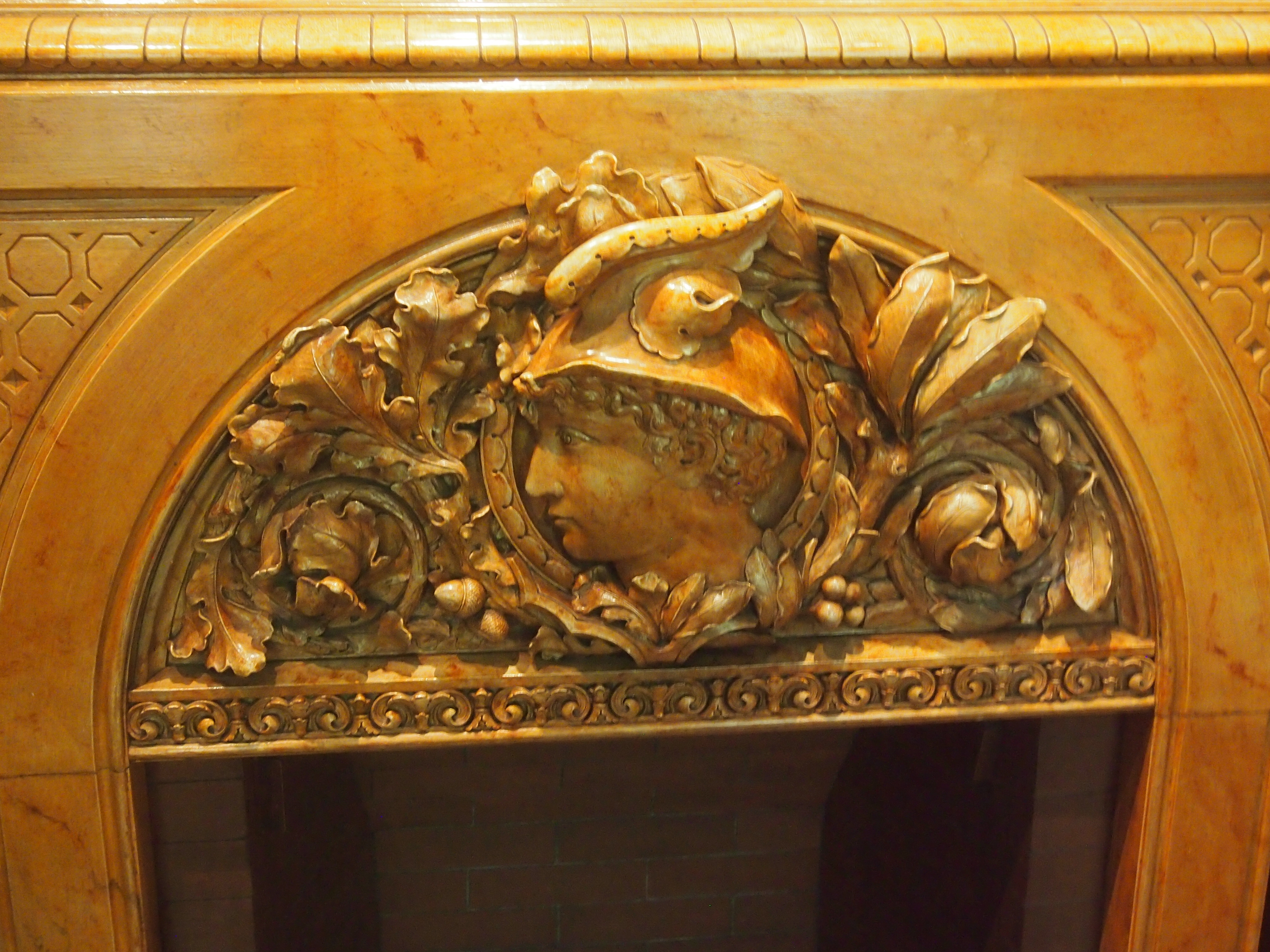
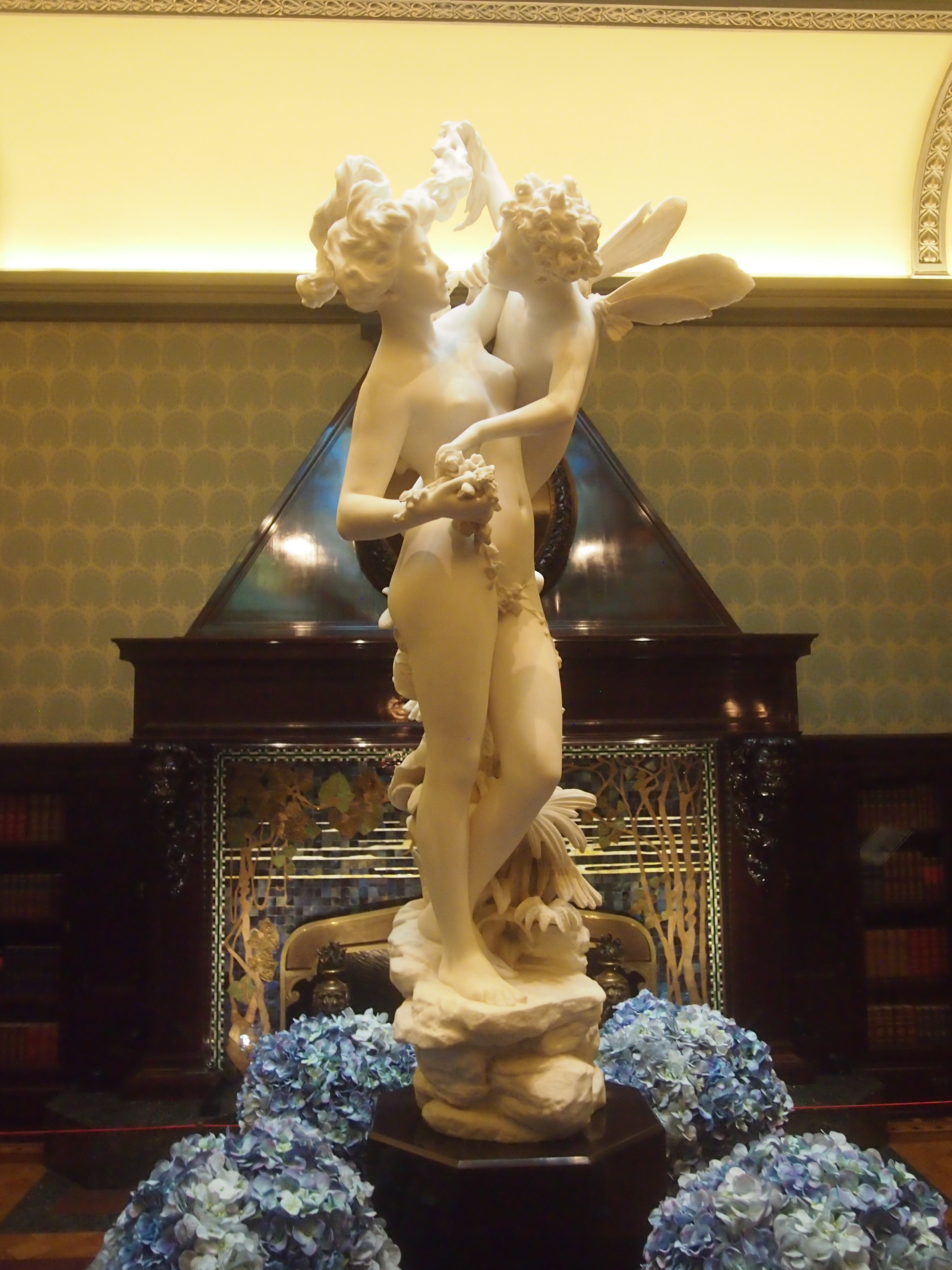 That statue is in the Gallery Room. Always good to have a reminder of the Psyche and Eros story around. I especially liked the fireplace behind it.
That statue is in the Gallery Room. Always good to have a reminder of the Psyche and Eros story around. I especially liked the fireplace behind it.
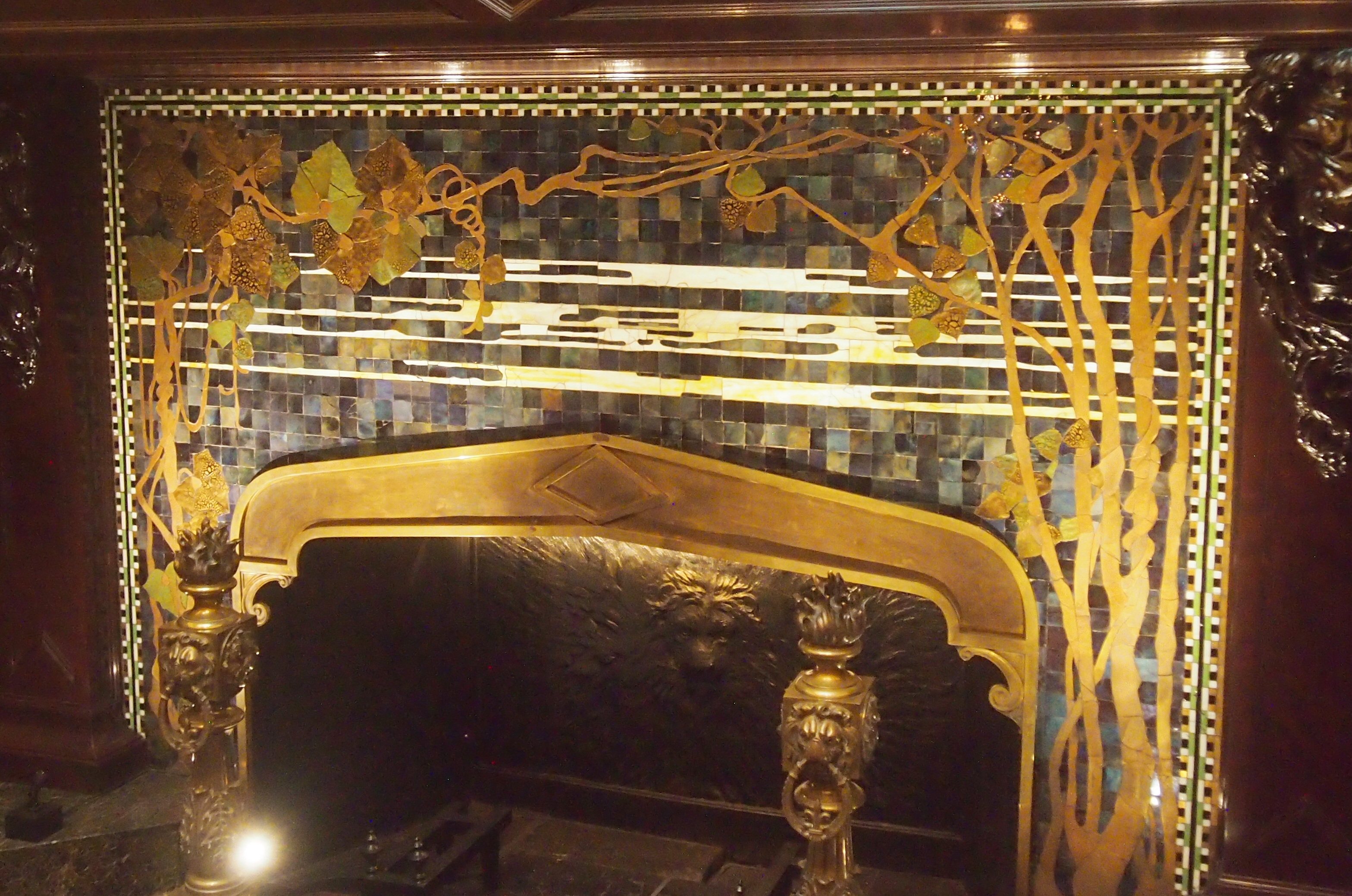 The fireplace was put in by the second owner of the house, paper baron Lucius Fisher. He also had the distinction of commissioning Daniel Burnham to do the excellent Fisher Building, which still stands in the South Loop.
The fireplace was put in by the second owner of the house, paper baron Lucius Fisher. He also had the distinction of commissioning Daniel Burnham to do the excellent Fisher Building, which still stands in the South Loop.
The fire surround, dating from 1901, was by Giannini & Hilgart, done in lacquered cherry and iridescent glass. Remarkably, traces of that operation remain on line. The studio also did the striking glass dome in the same room as the fireplace. Looks like Tiffany, but no.
Whatever else you can say about the Gilded Age, its aesthetics were first-rate, if you had the scratch for that kind of thing. A better look at the interior is this WTTW production, but even so it’s a pale substitute for being there.
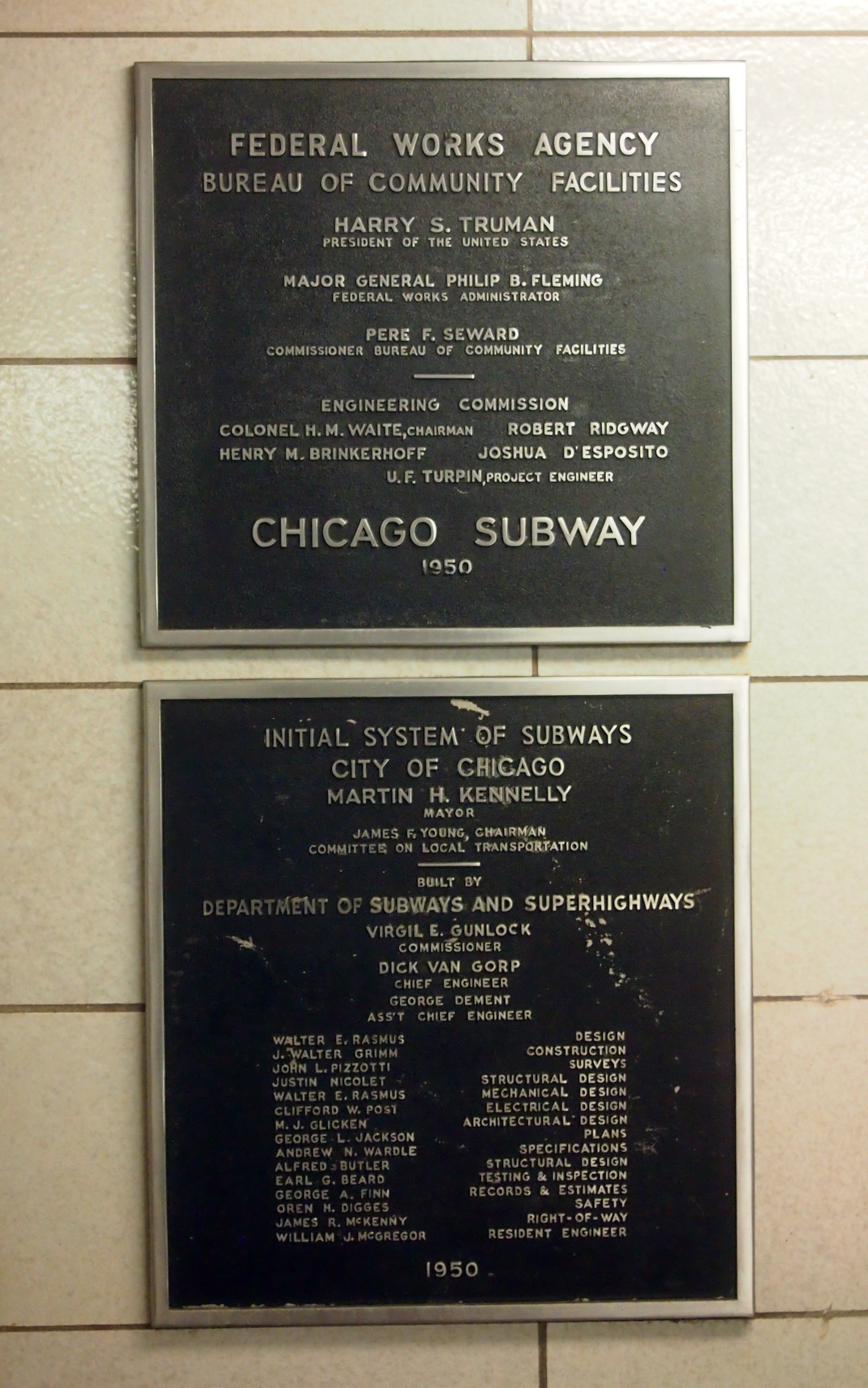 The Federal Works Agency only lasted until 1949, but it’s a safe assumption that the subway construction project started under its aegis in the late ’40s, so it was thought fitting to use the name even in 1950. The agency had been created as a part of a major federal government reorganization in 1939, authorized by Congress and overseen by the executive branch.
The Federal Works Agency only lasted until 1949, but it’s a safe assumption that the subway construction project started under its aegis in the late ’40s, so it was thought fitting to use the name even in 1950. The agency had been created as a part of a major federal government reorganization in 1939, authorized by Congress and overseen by the executive branch.




